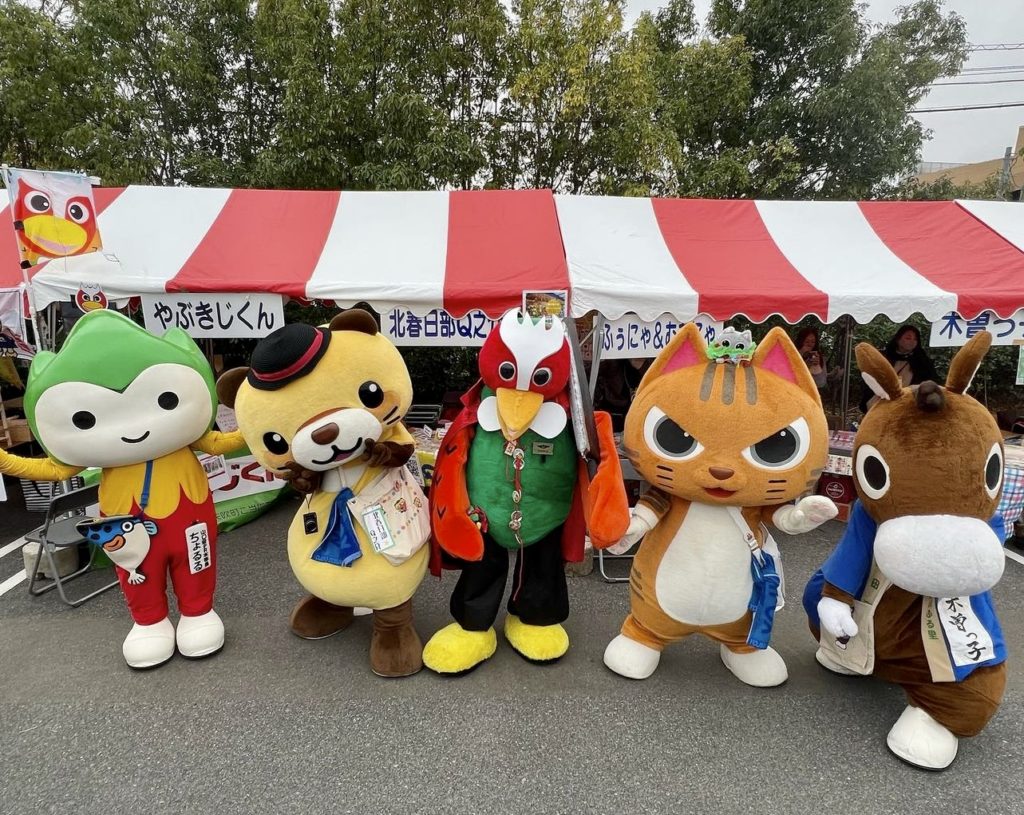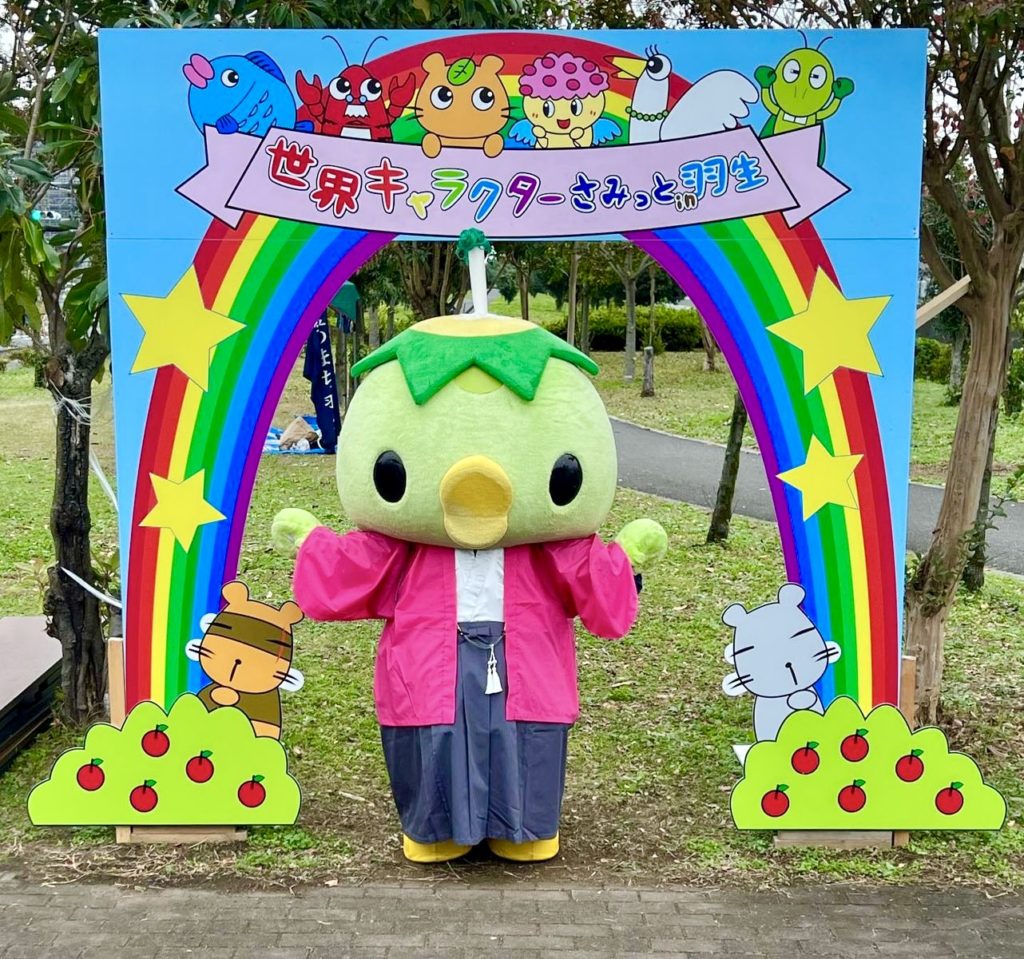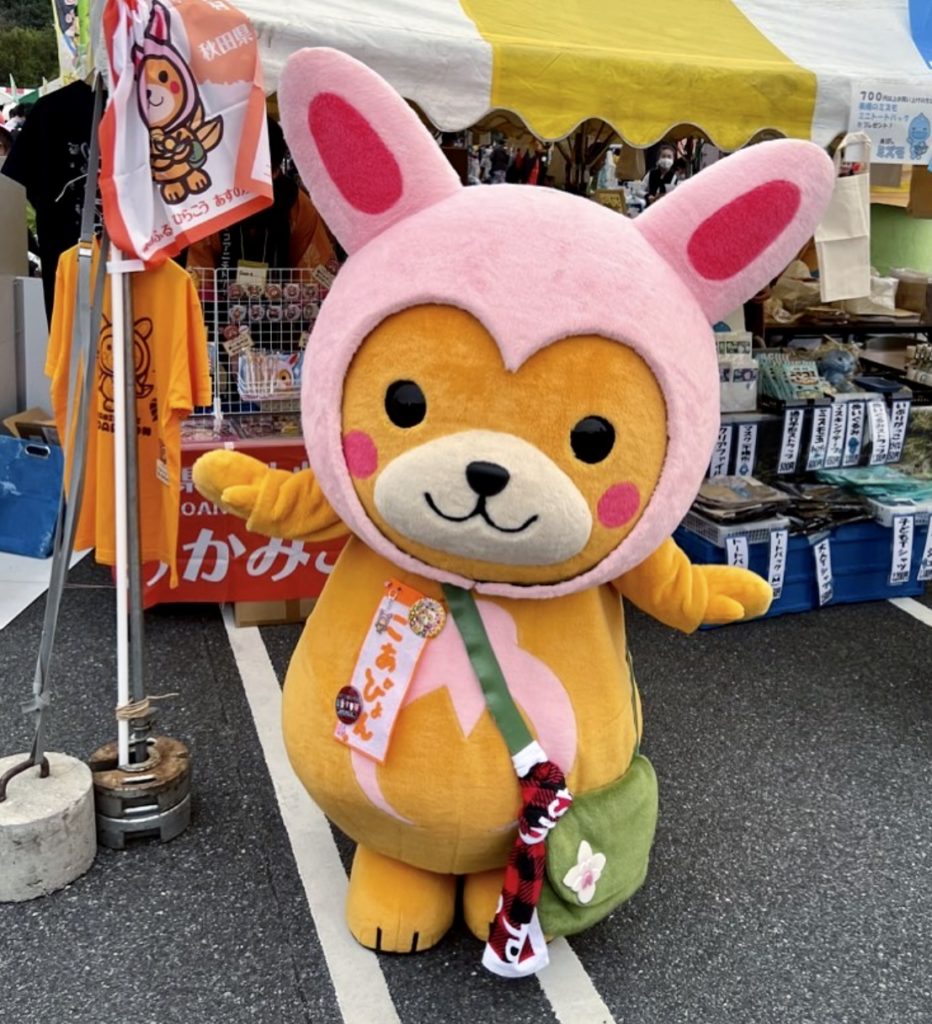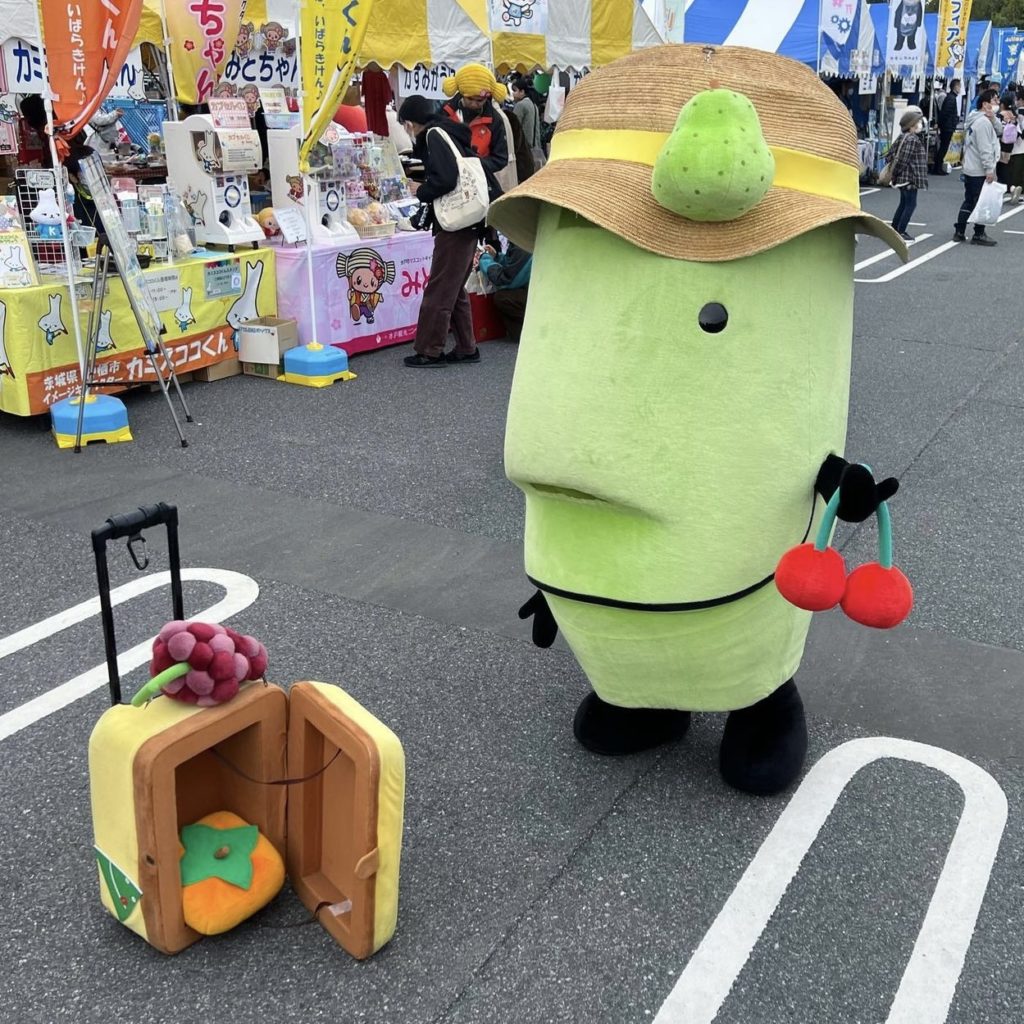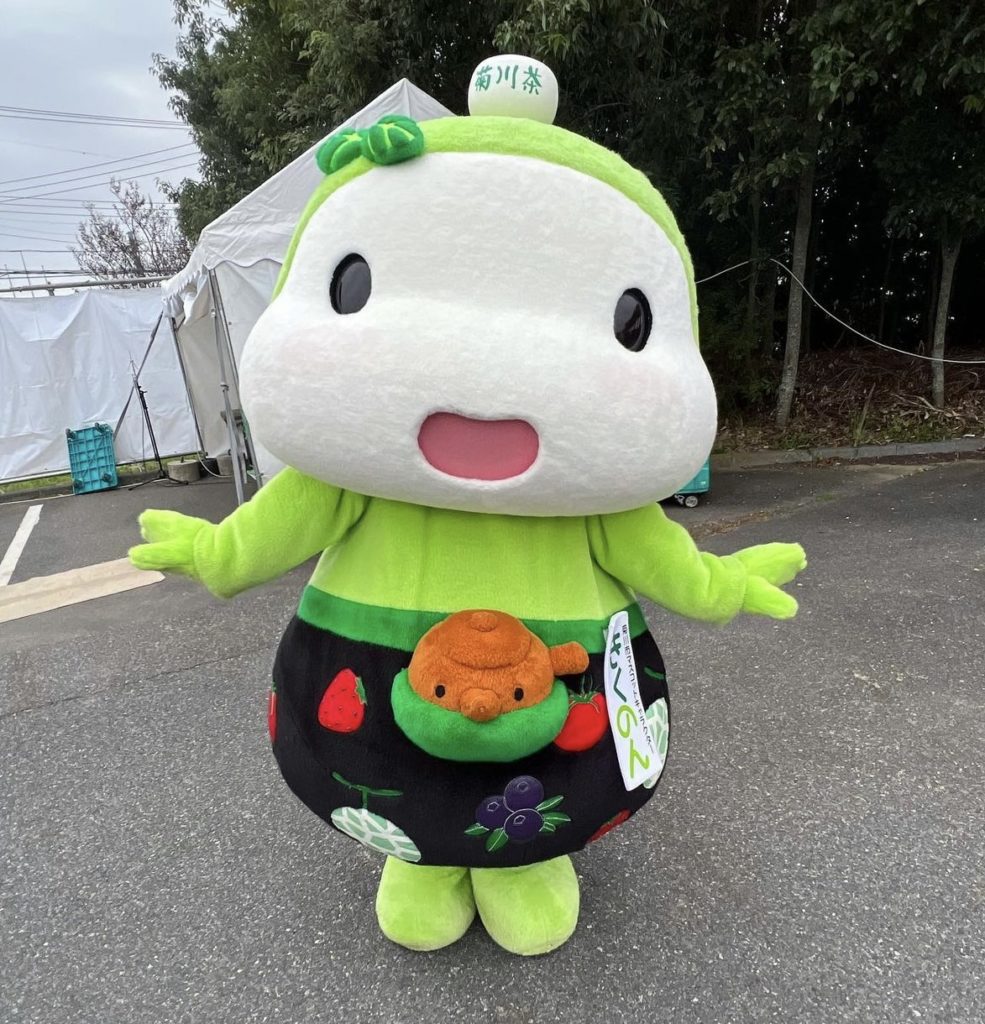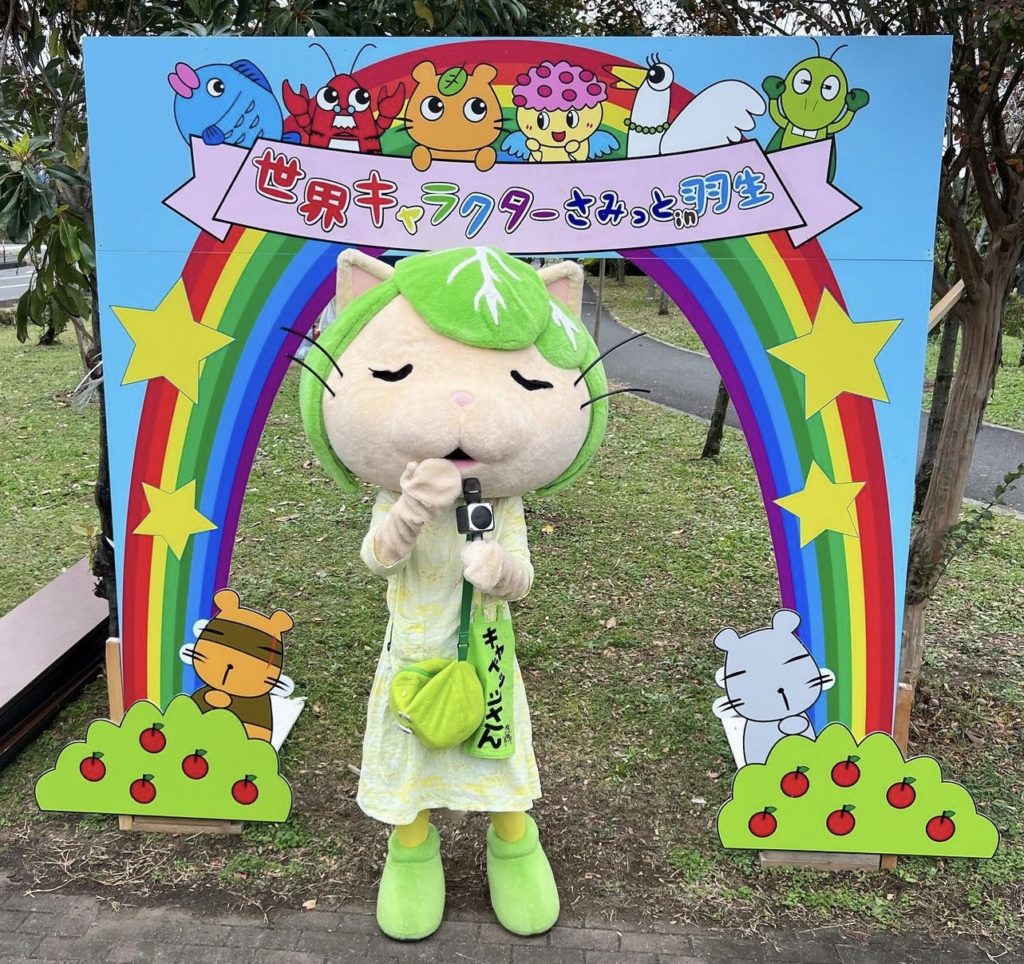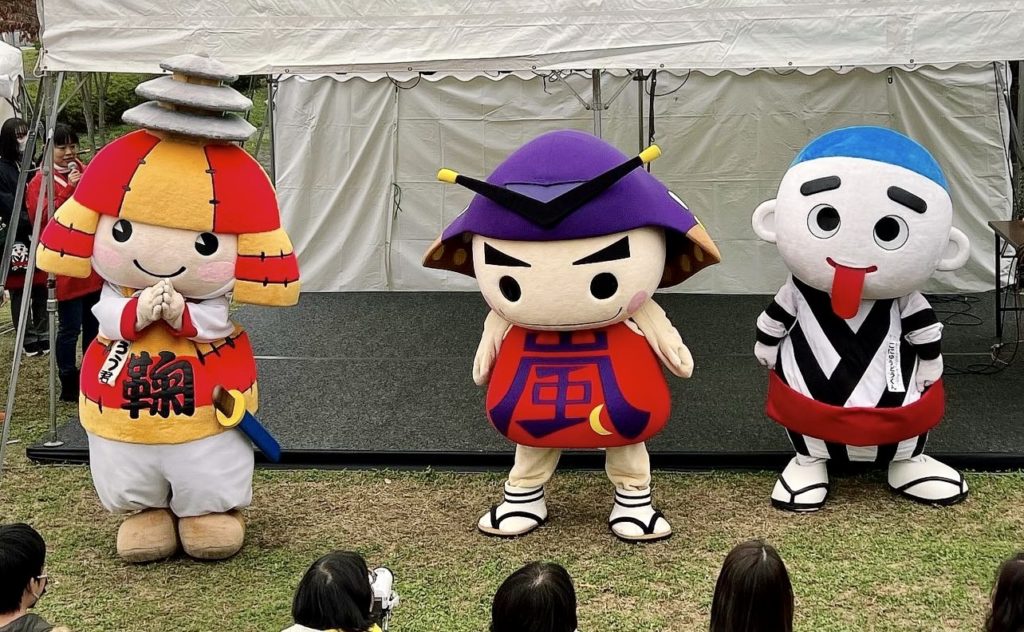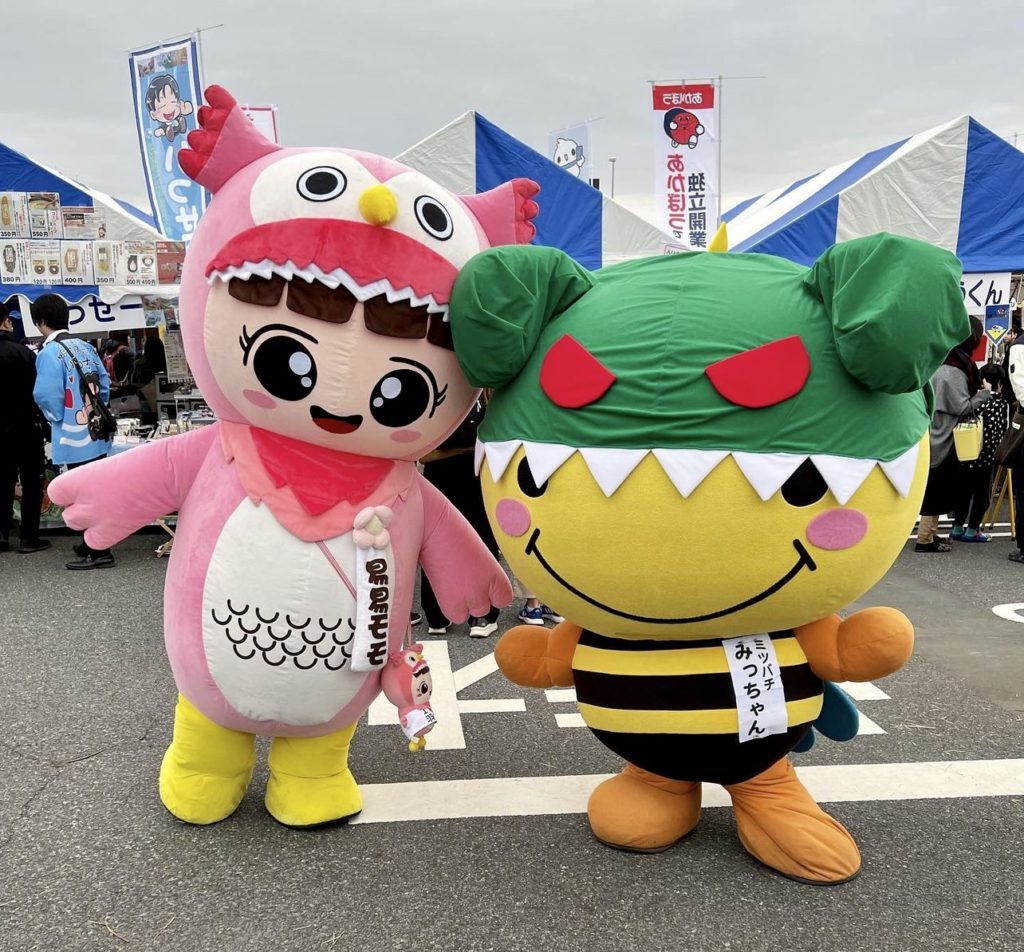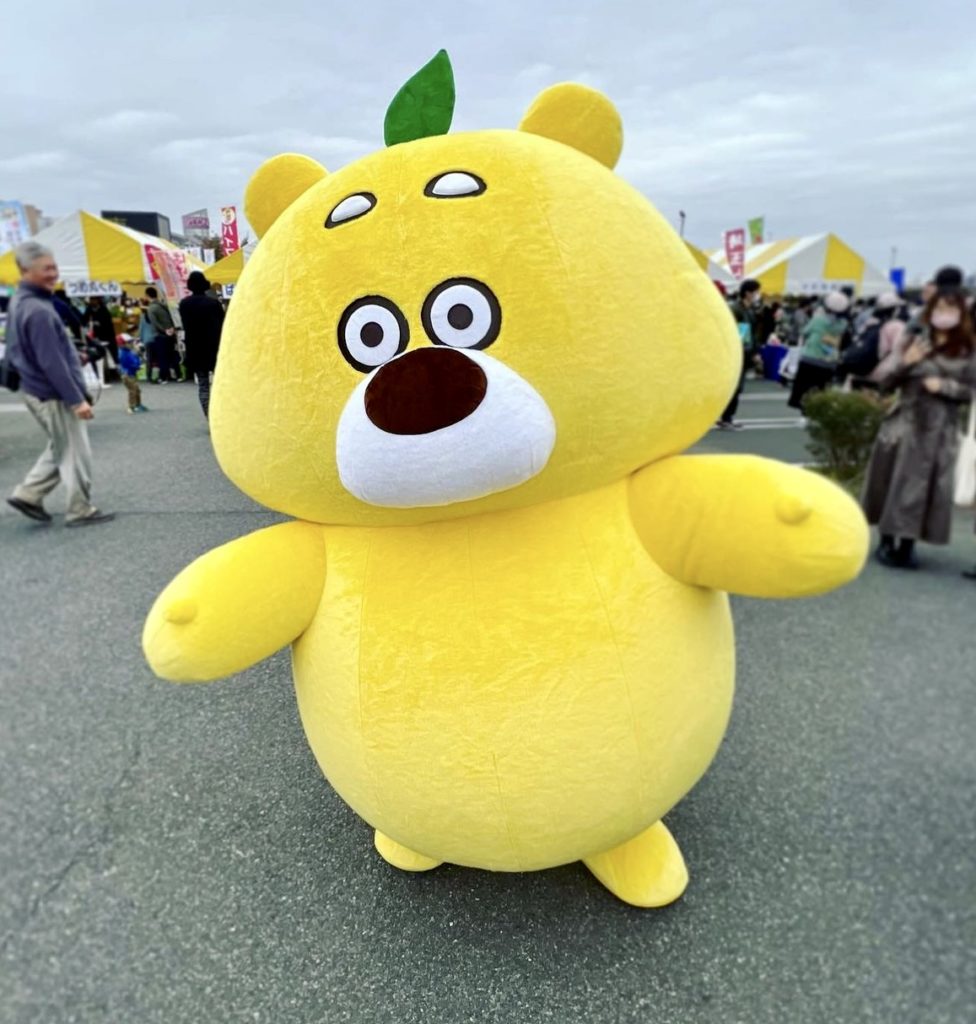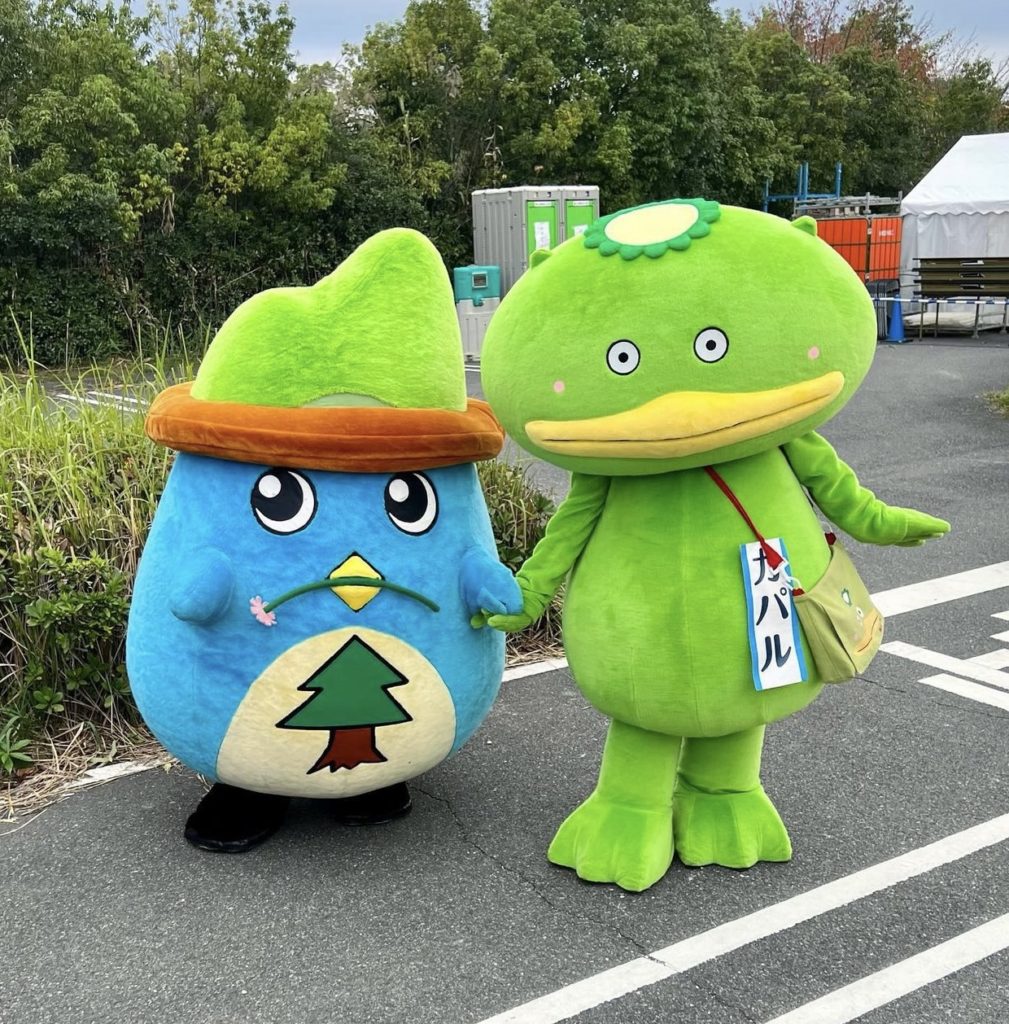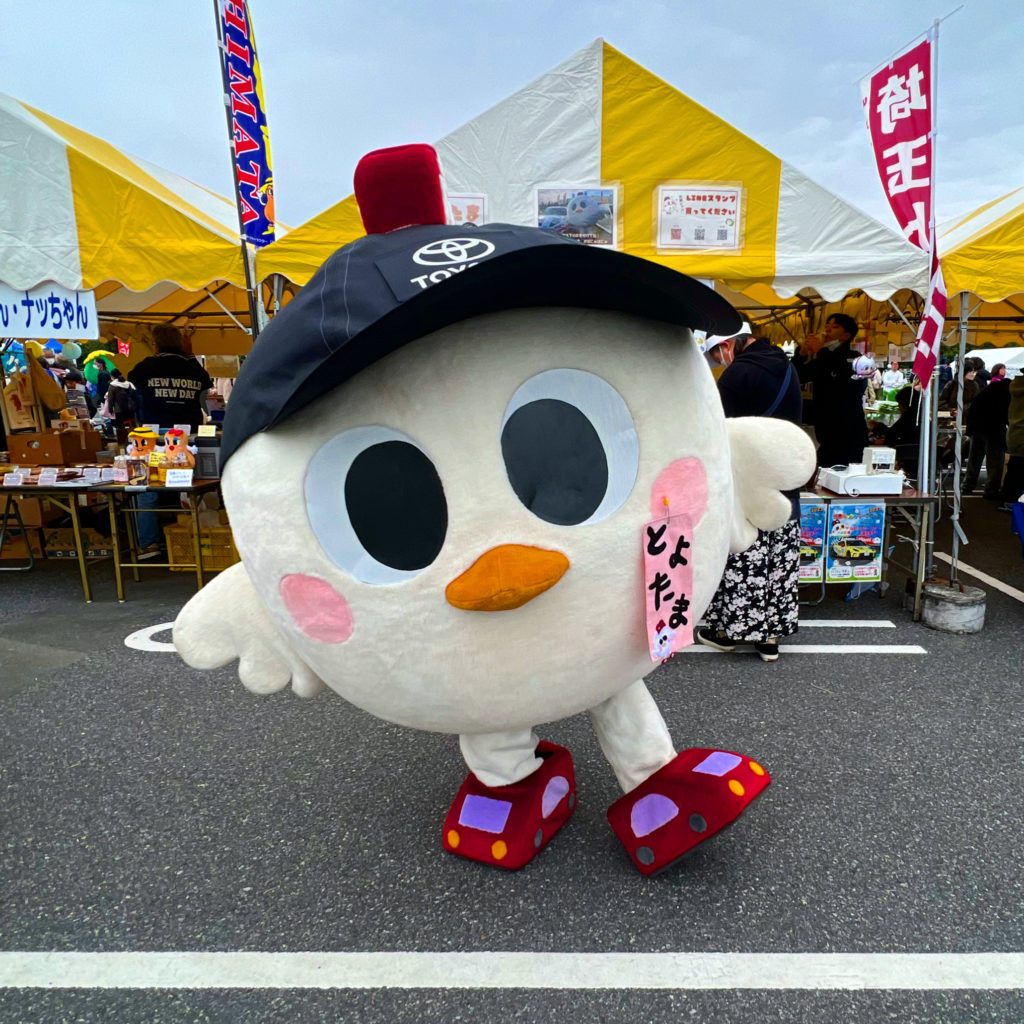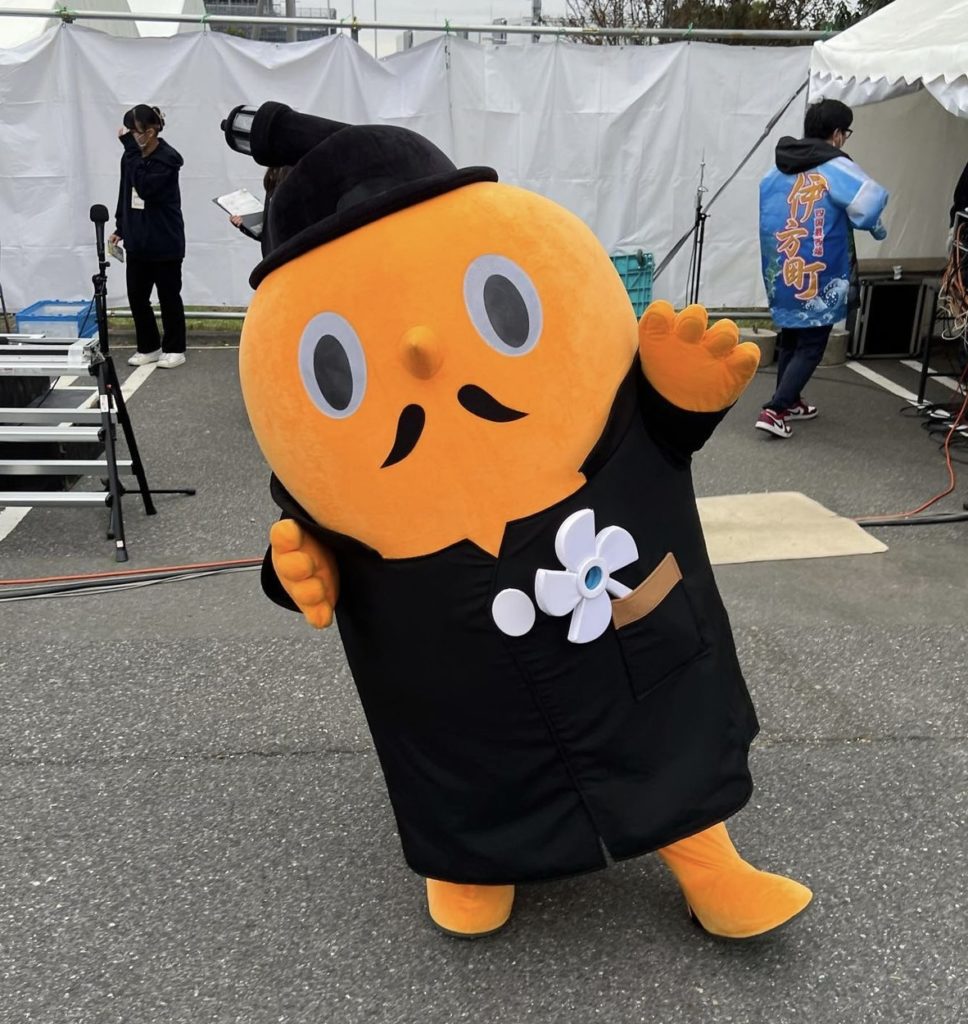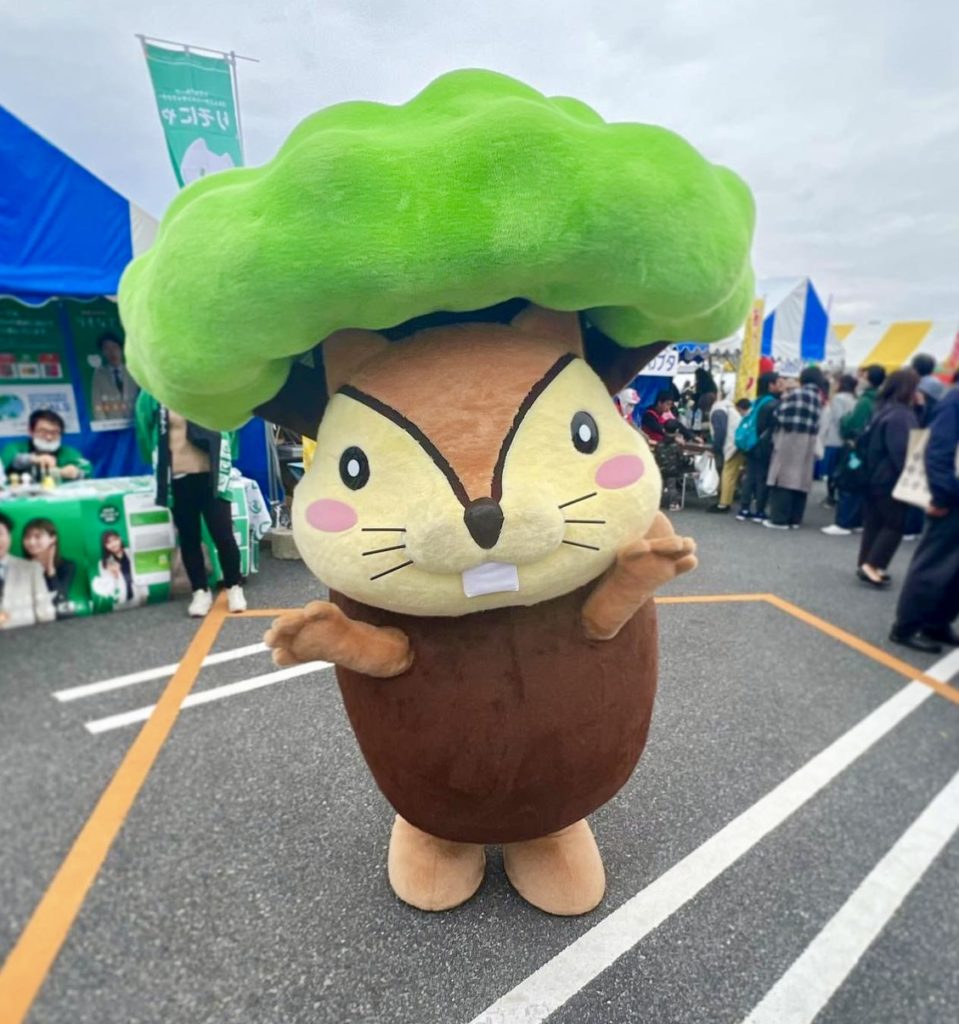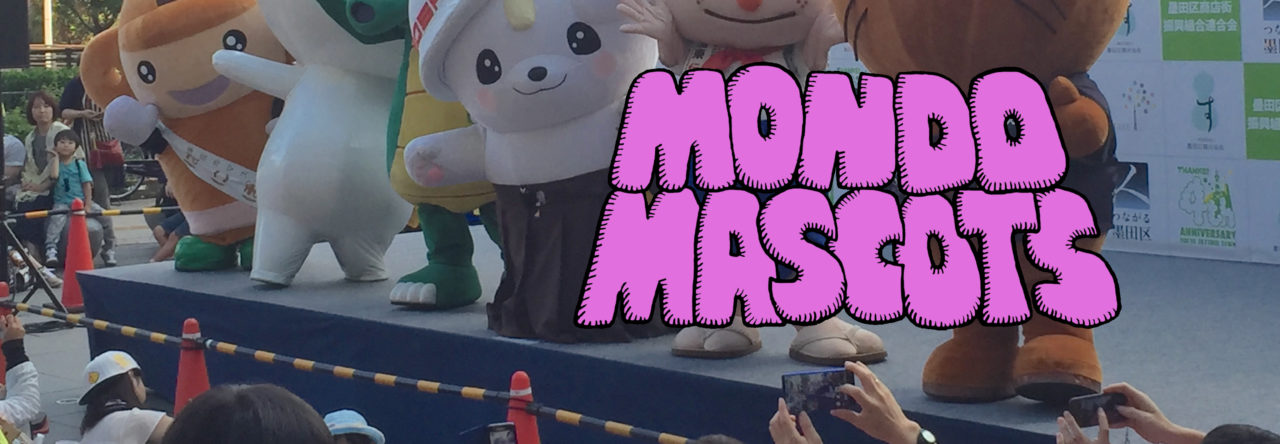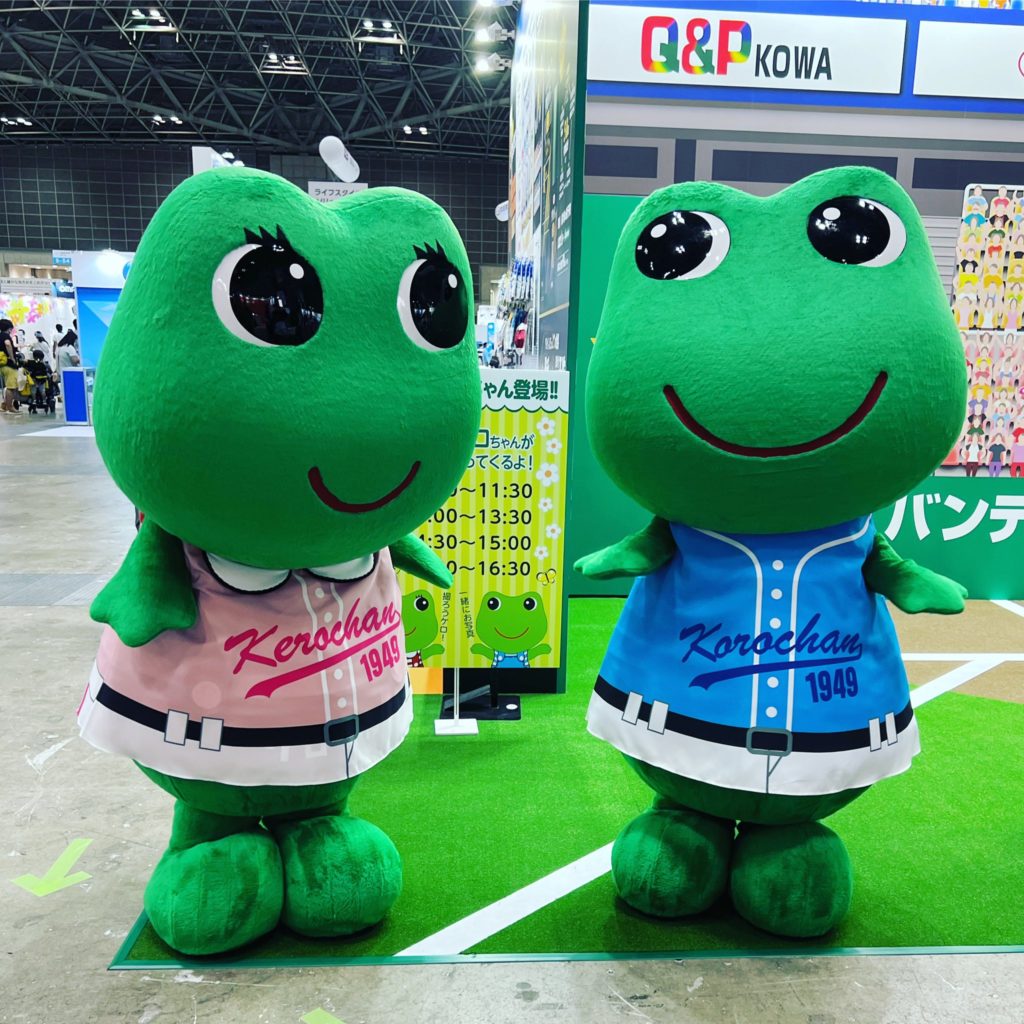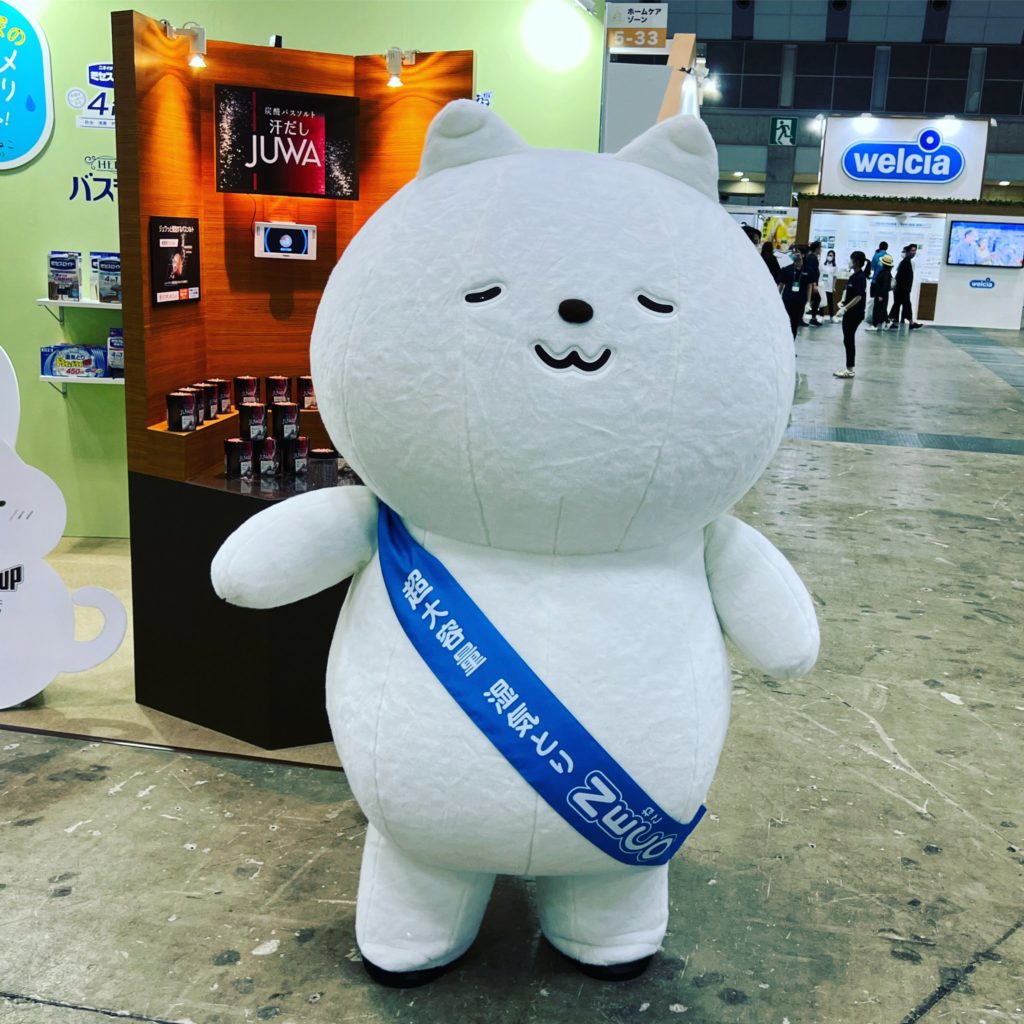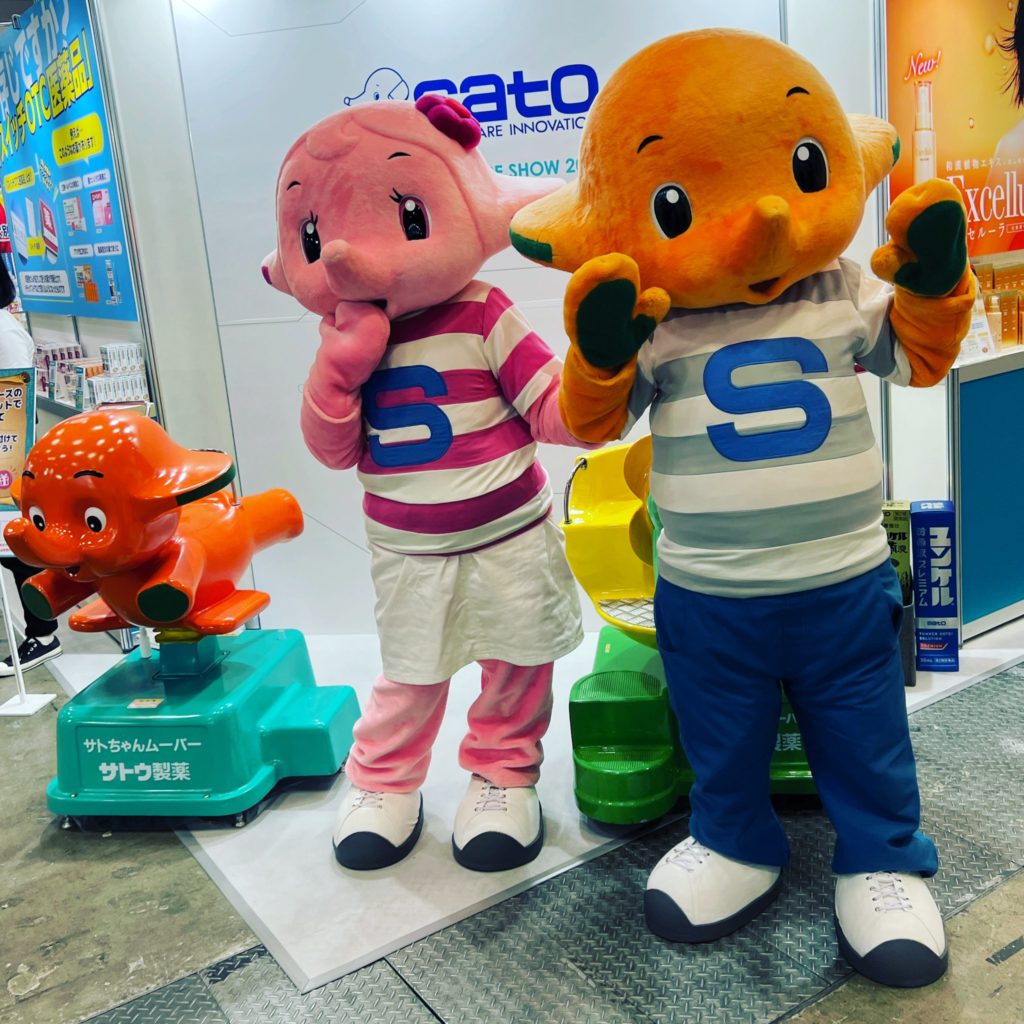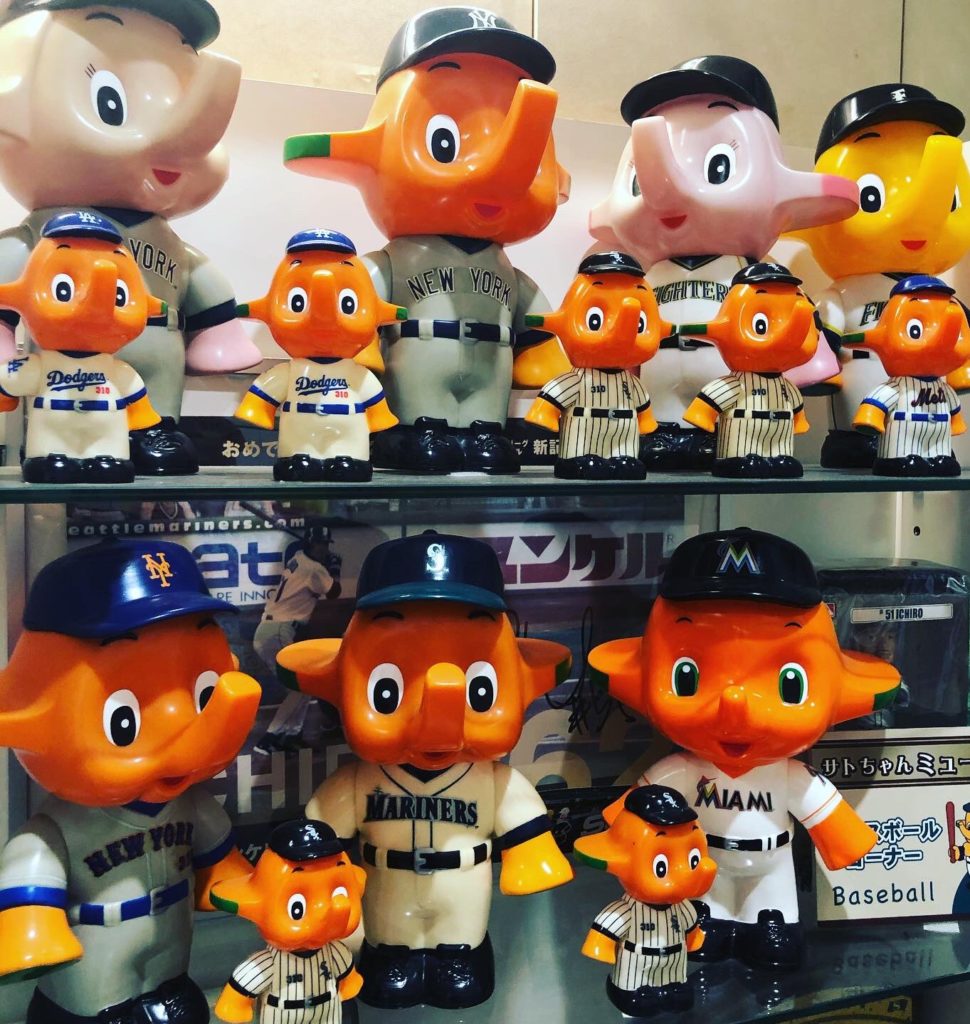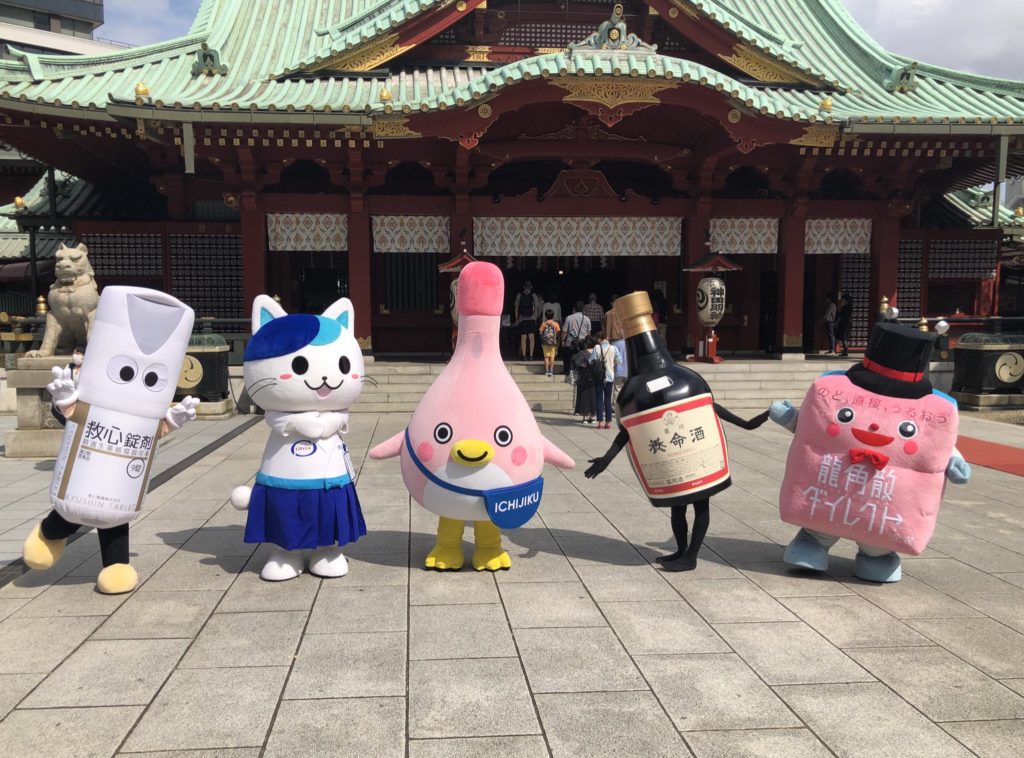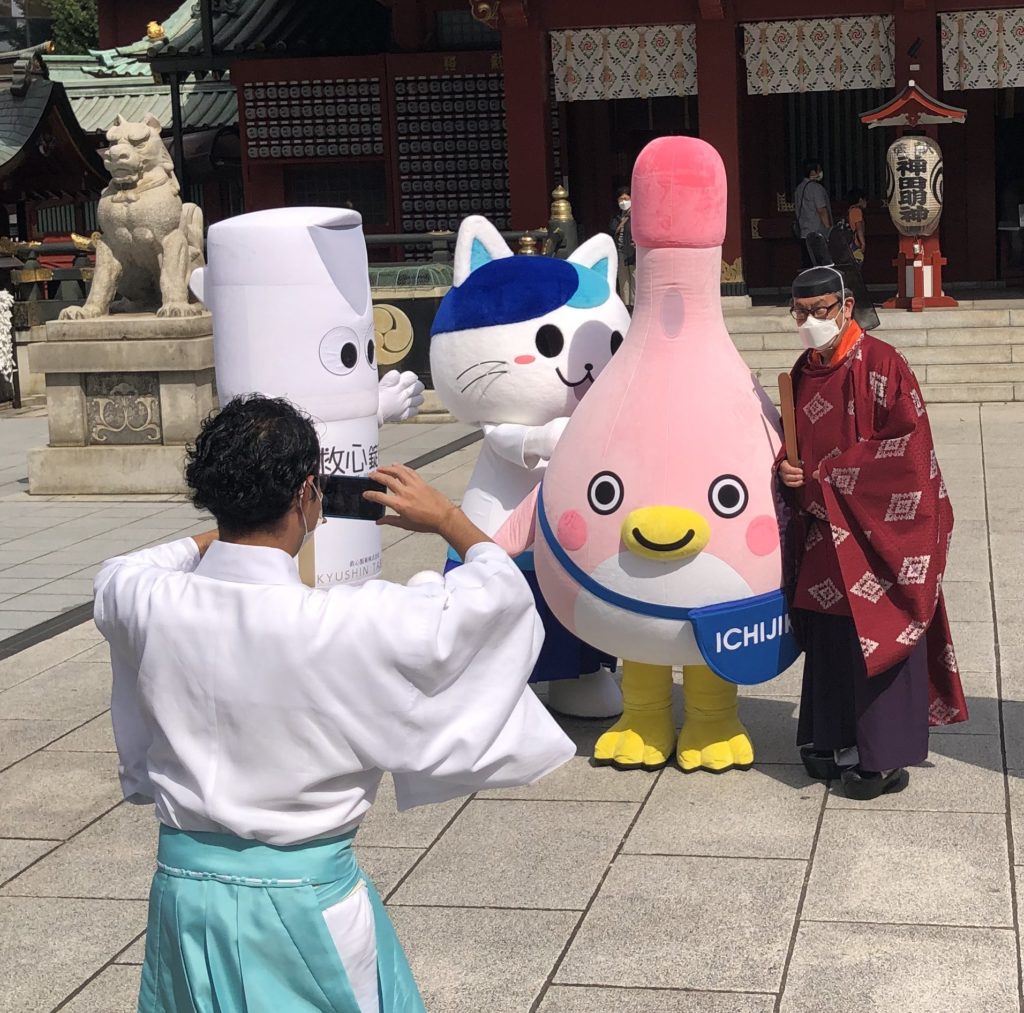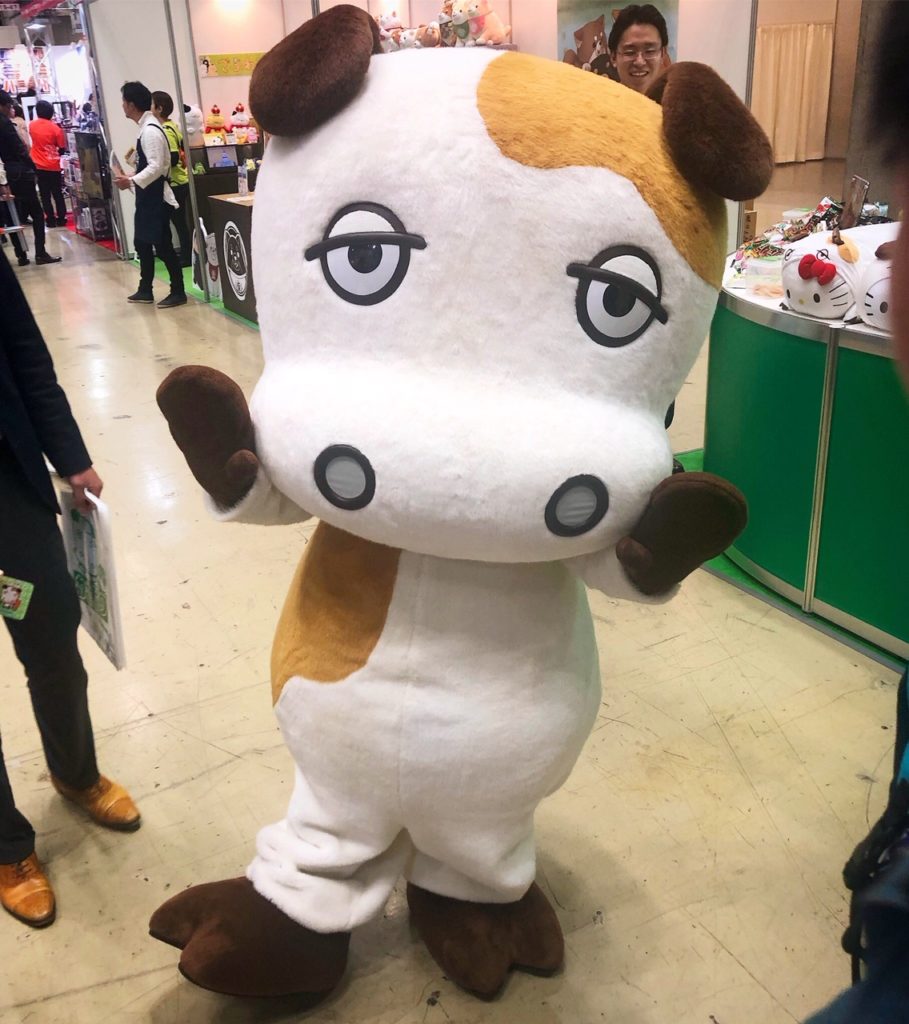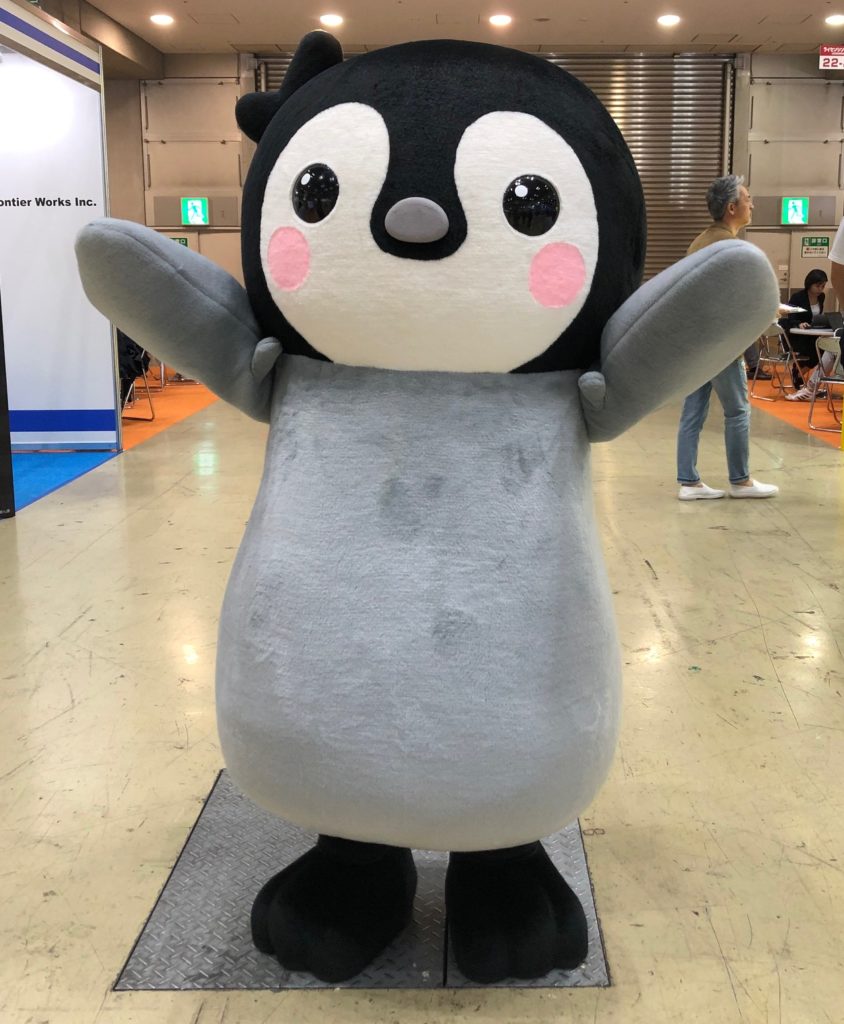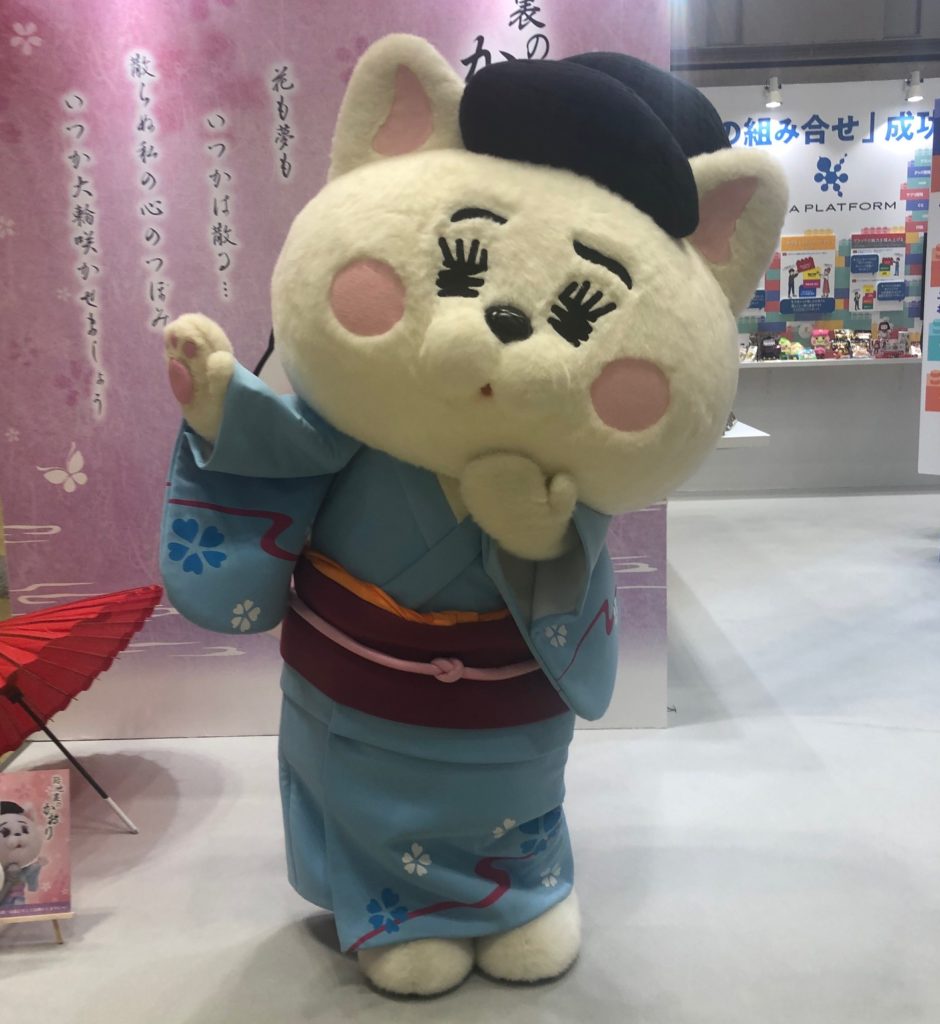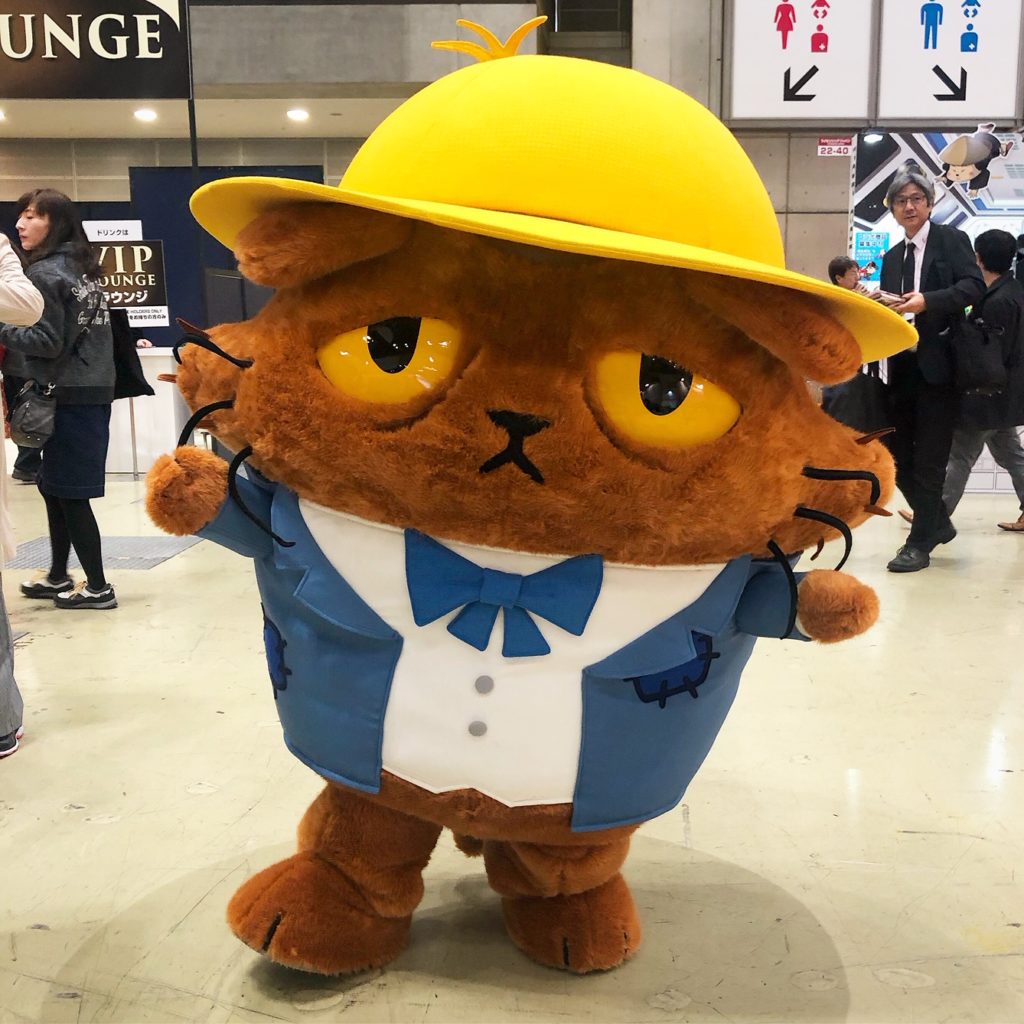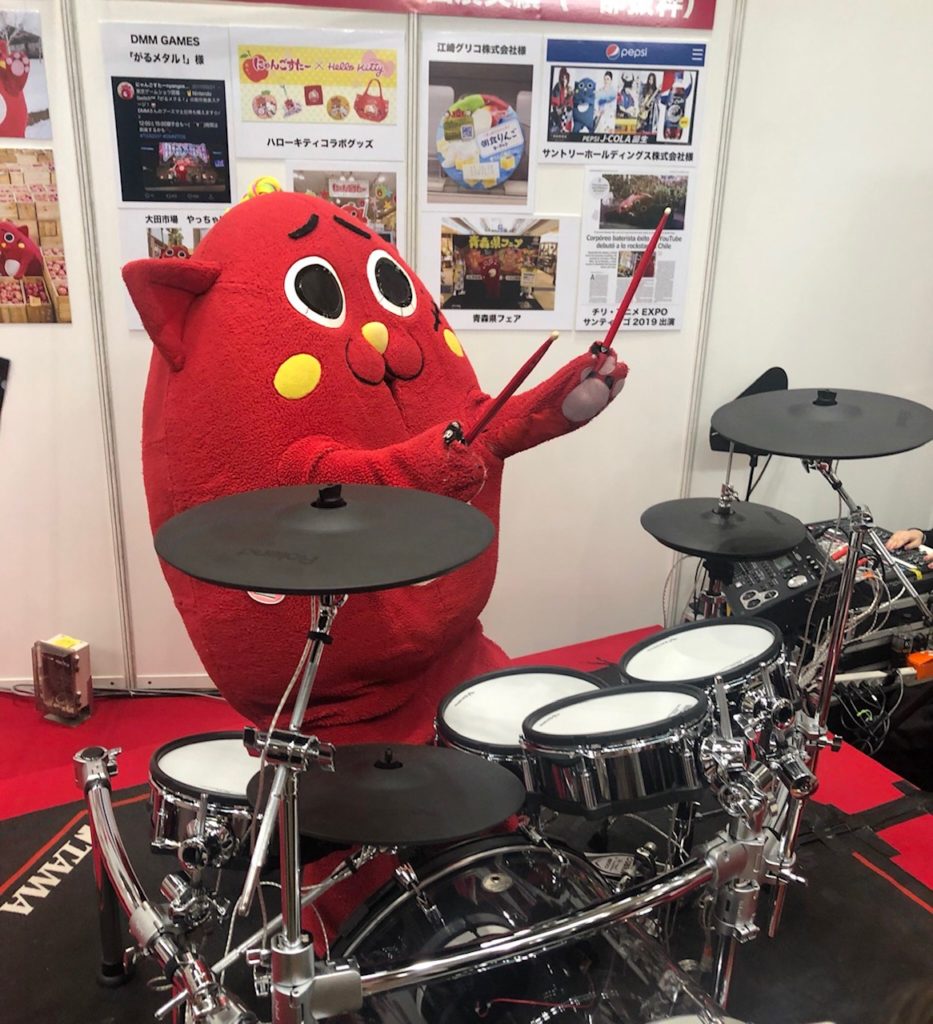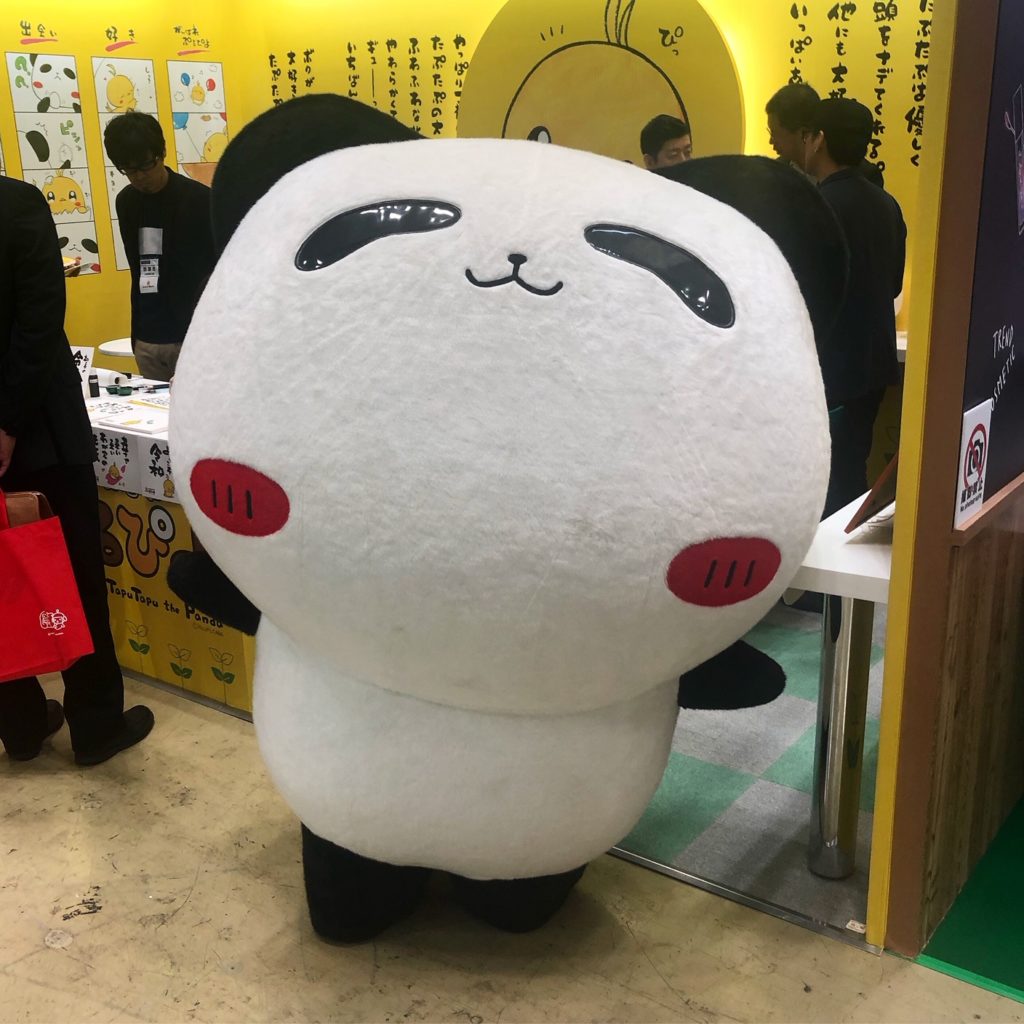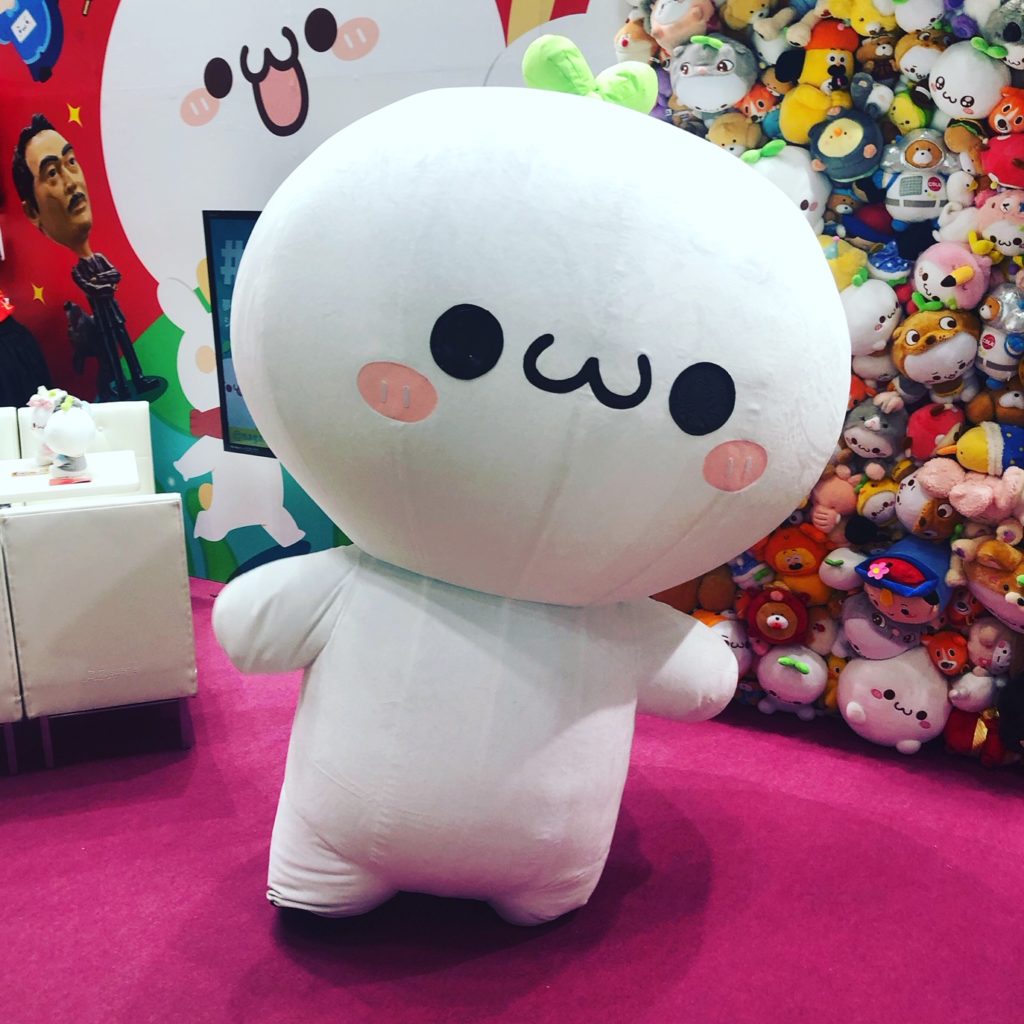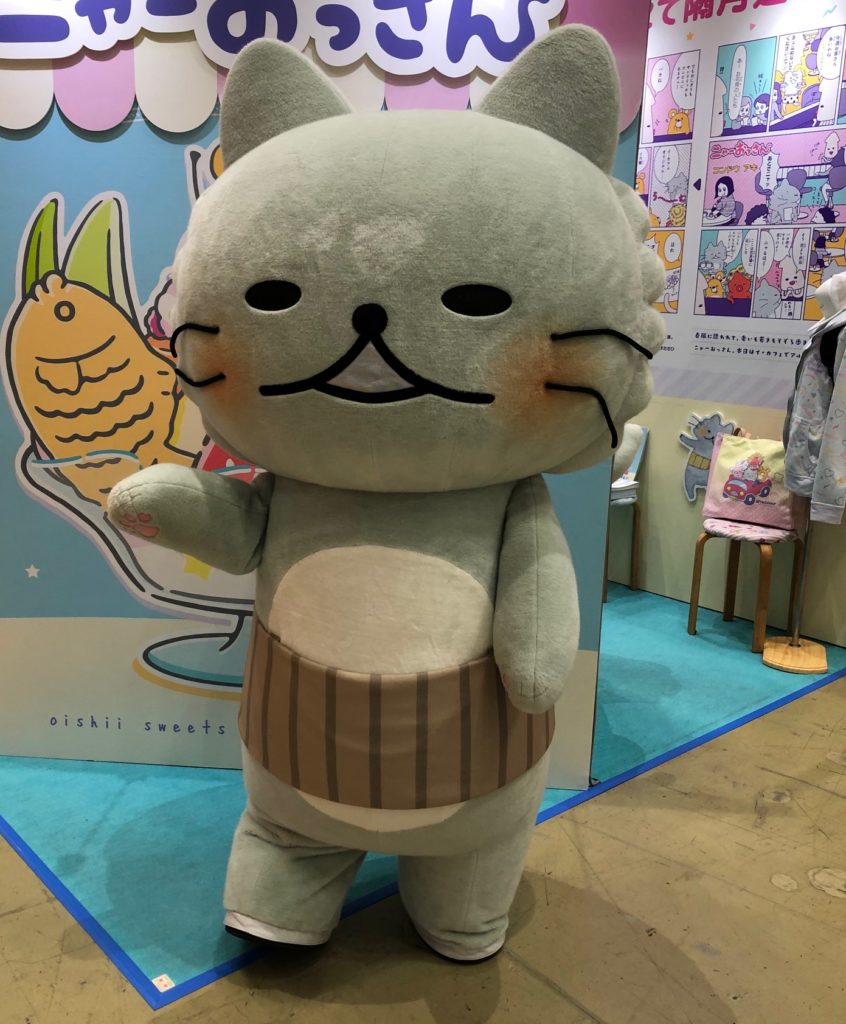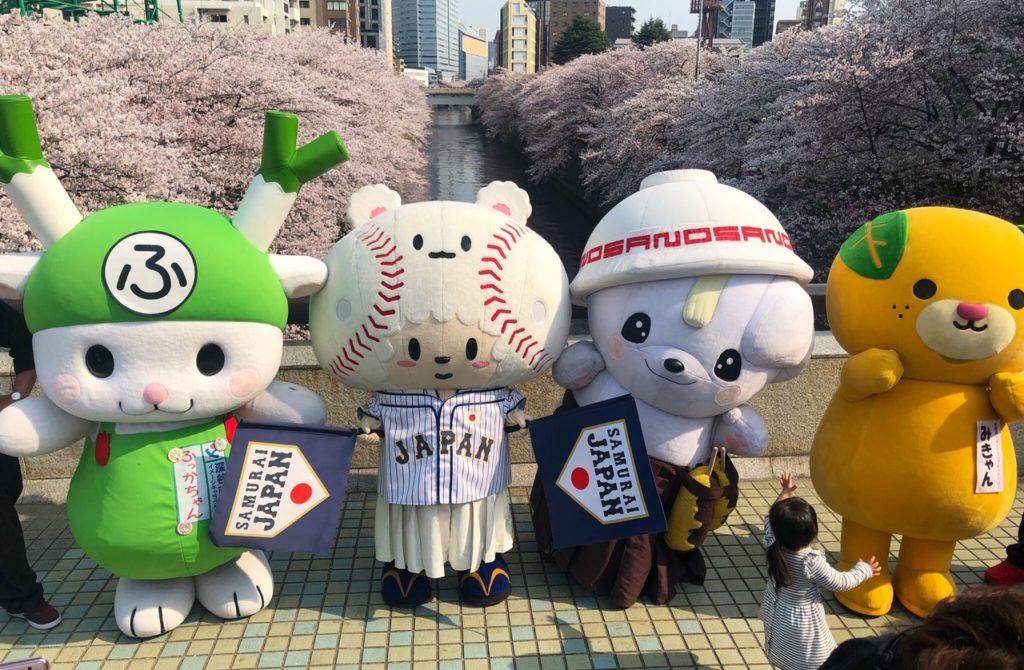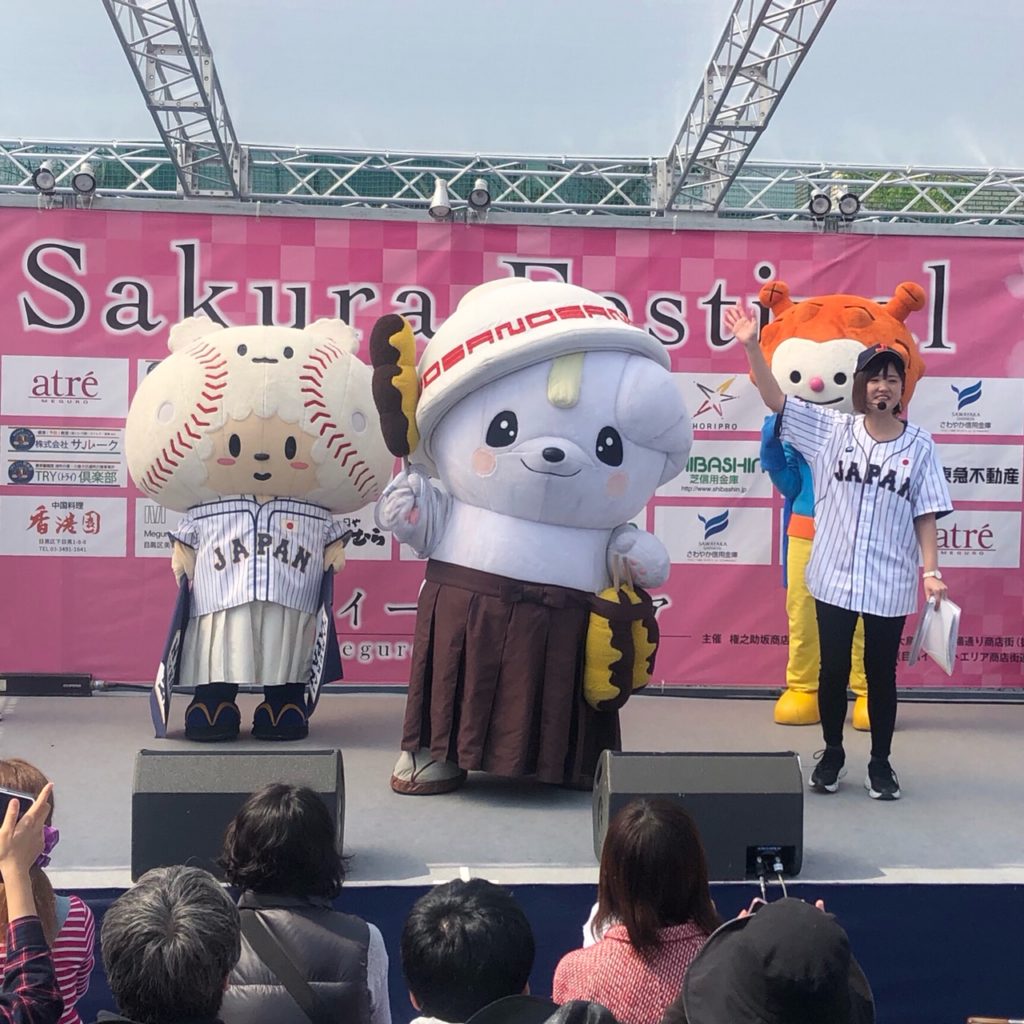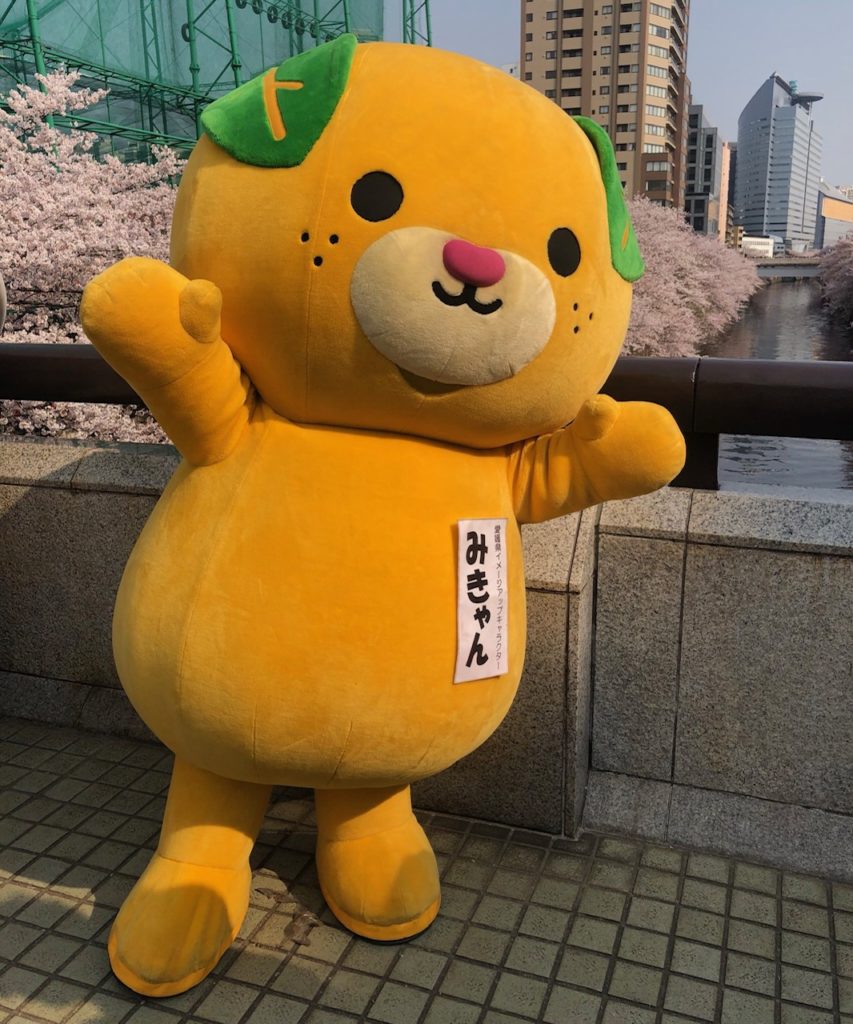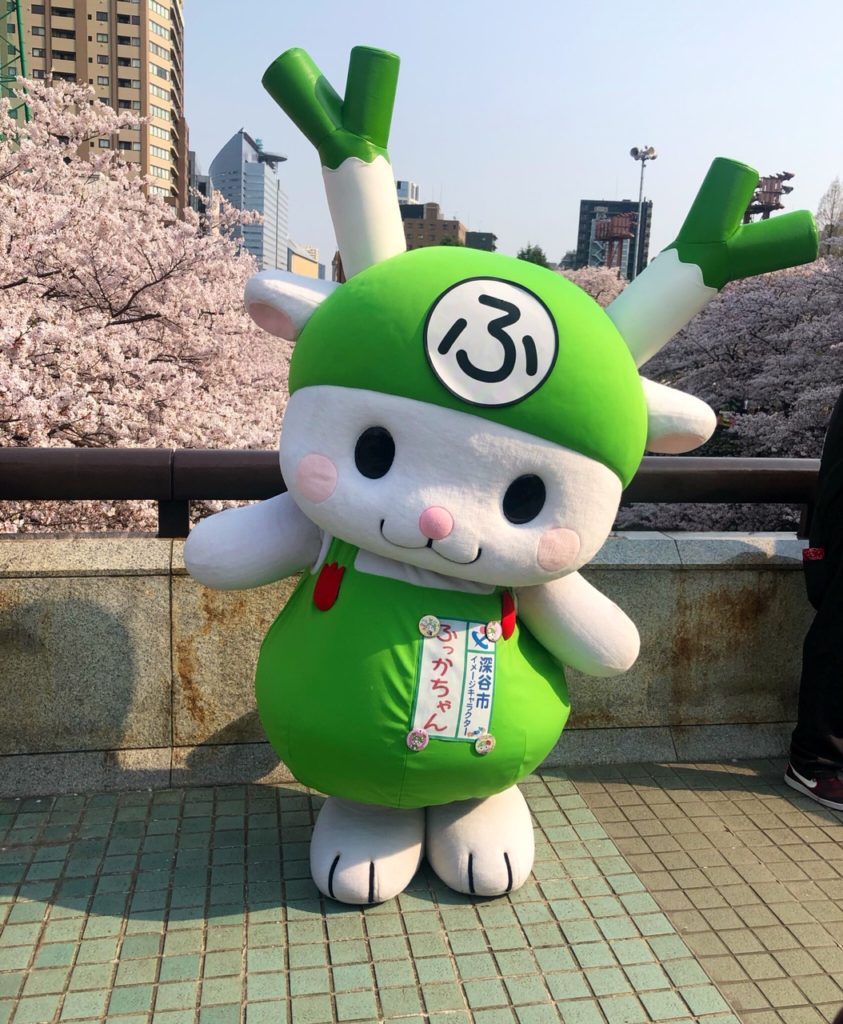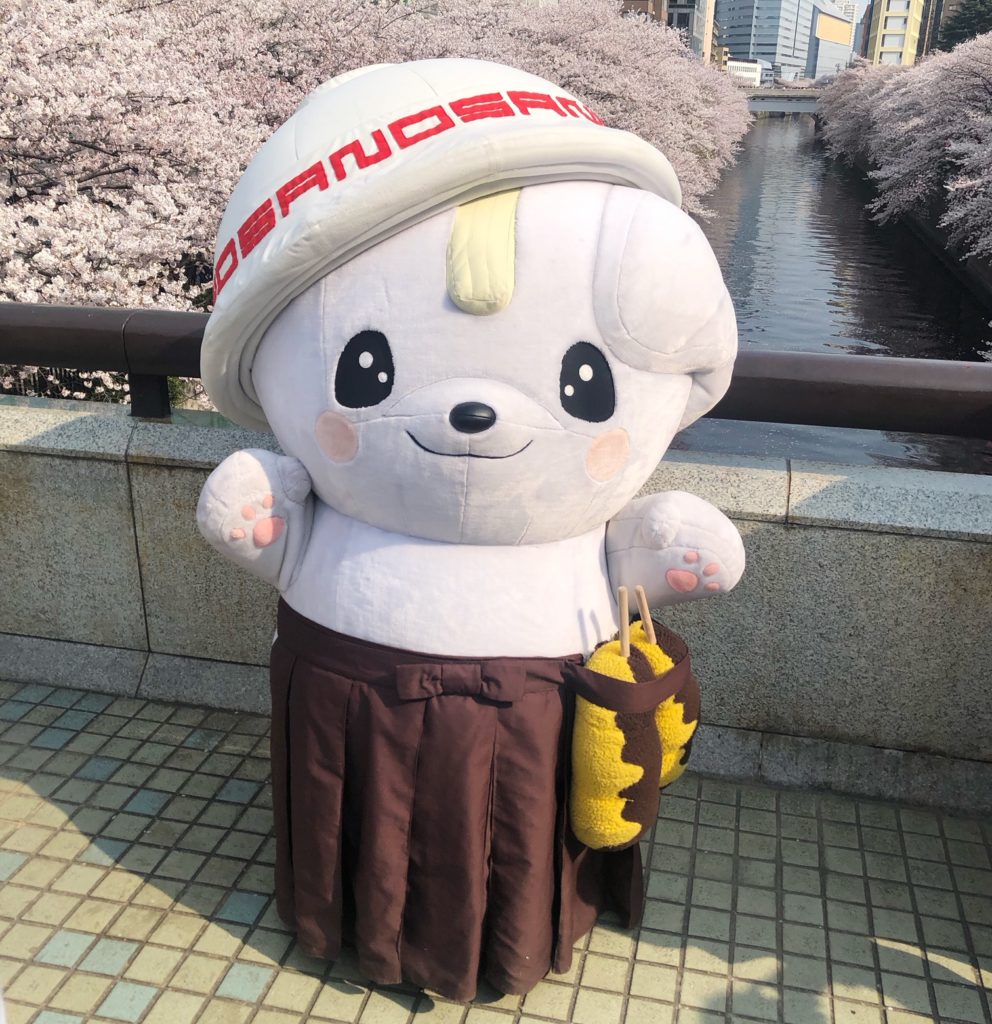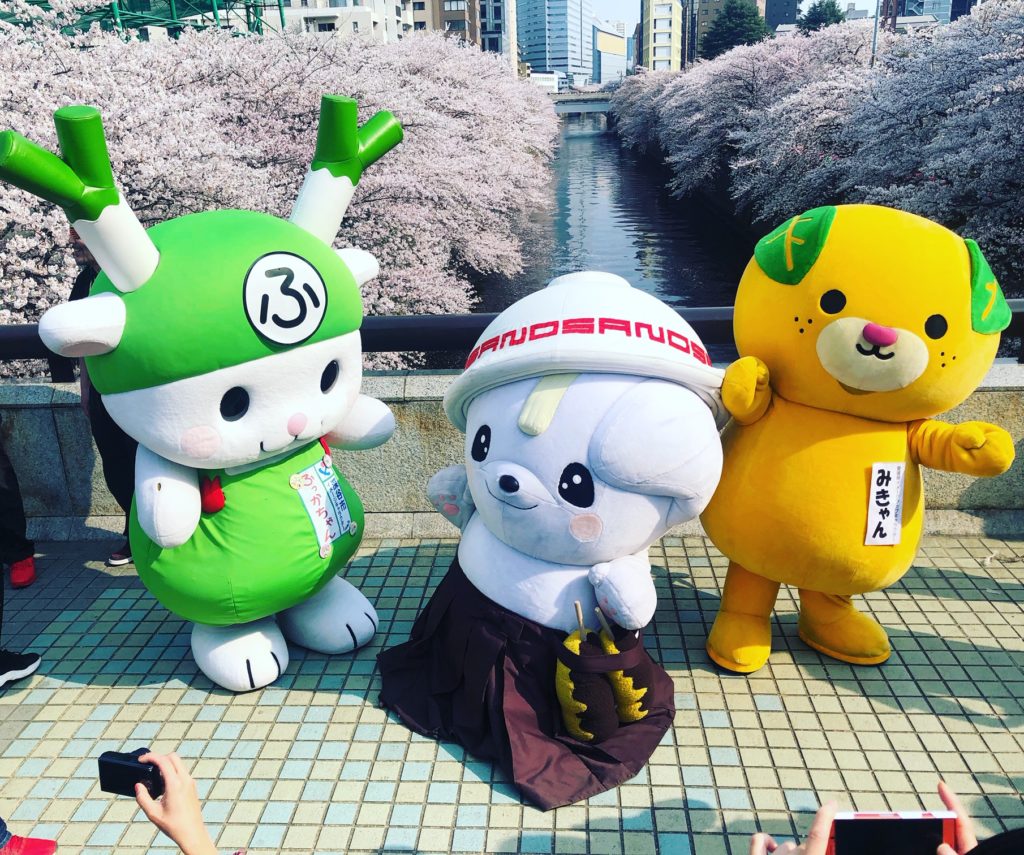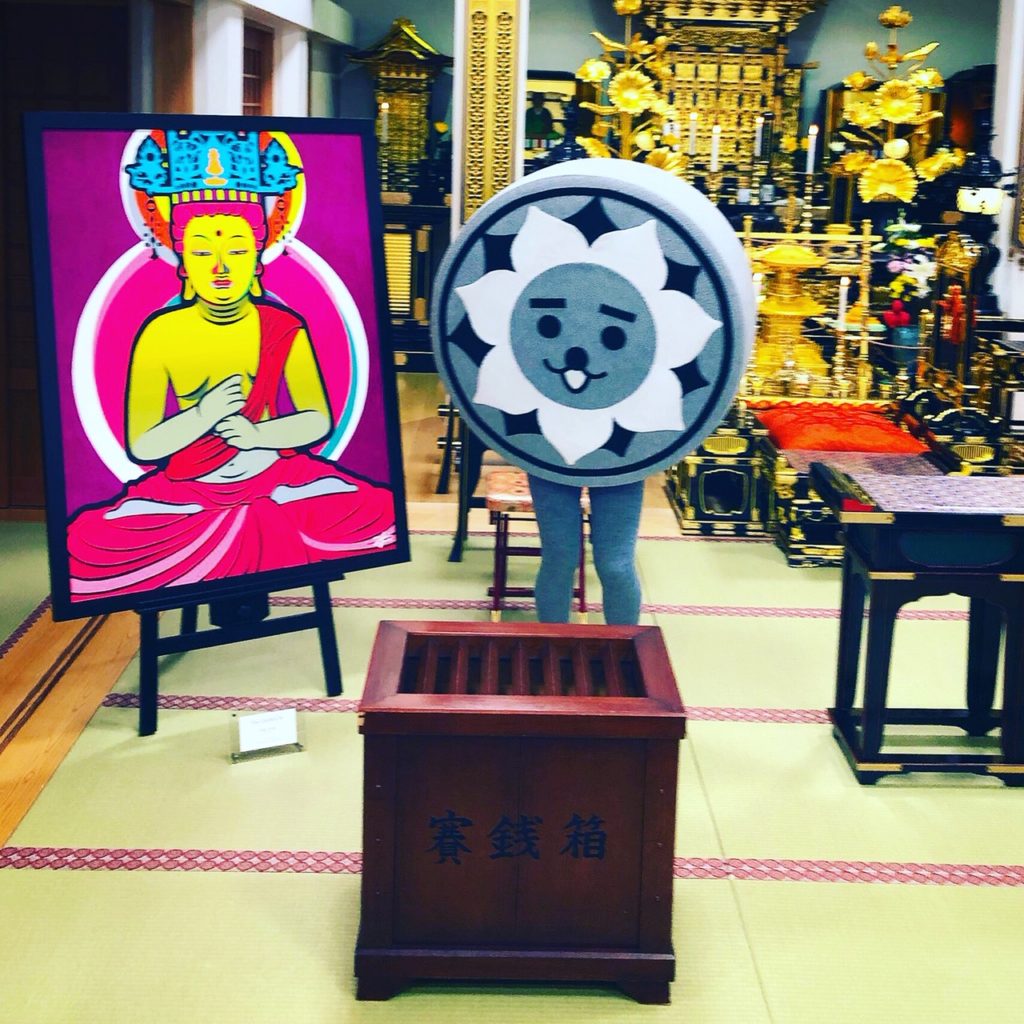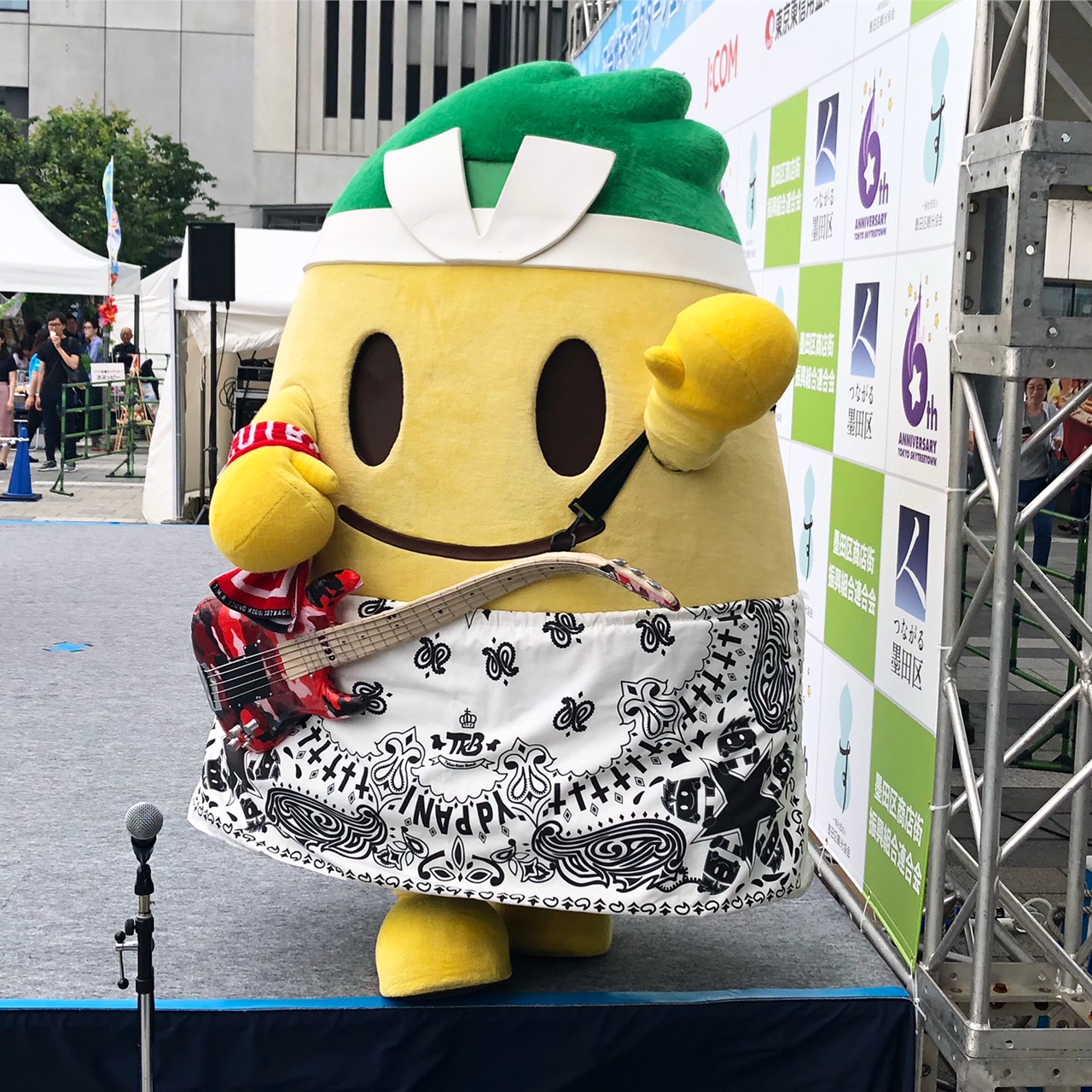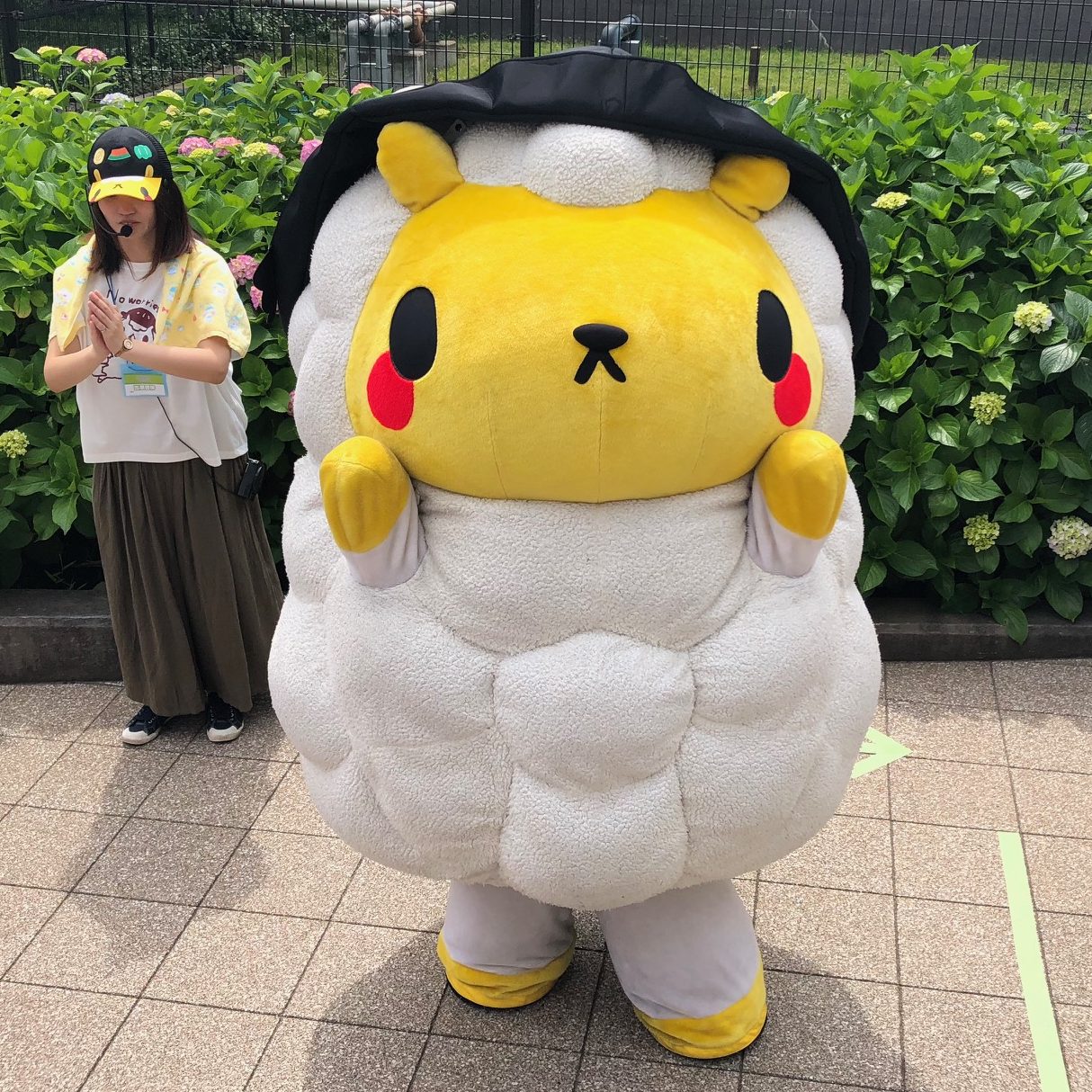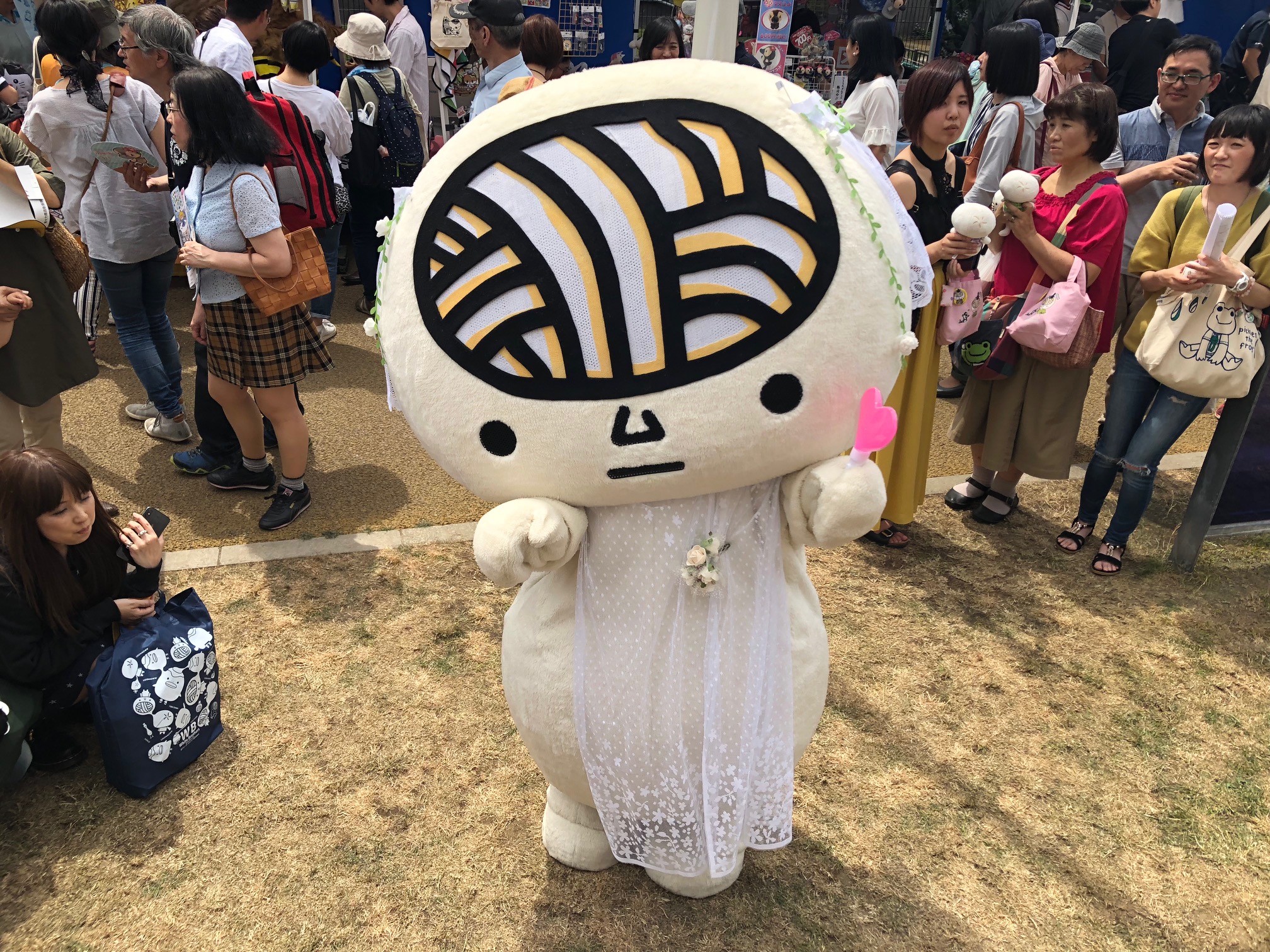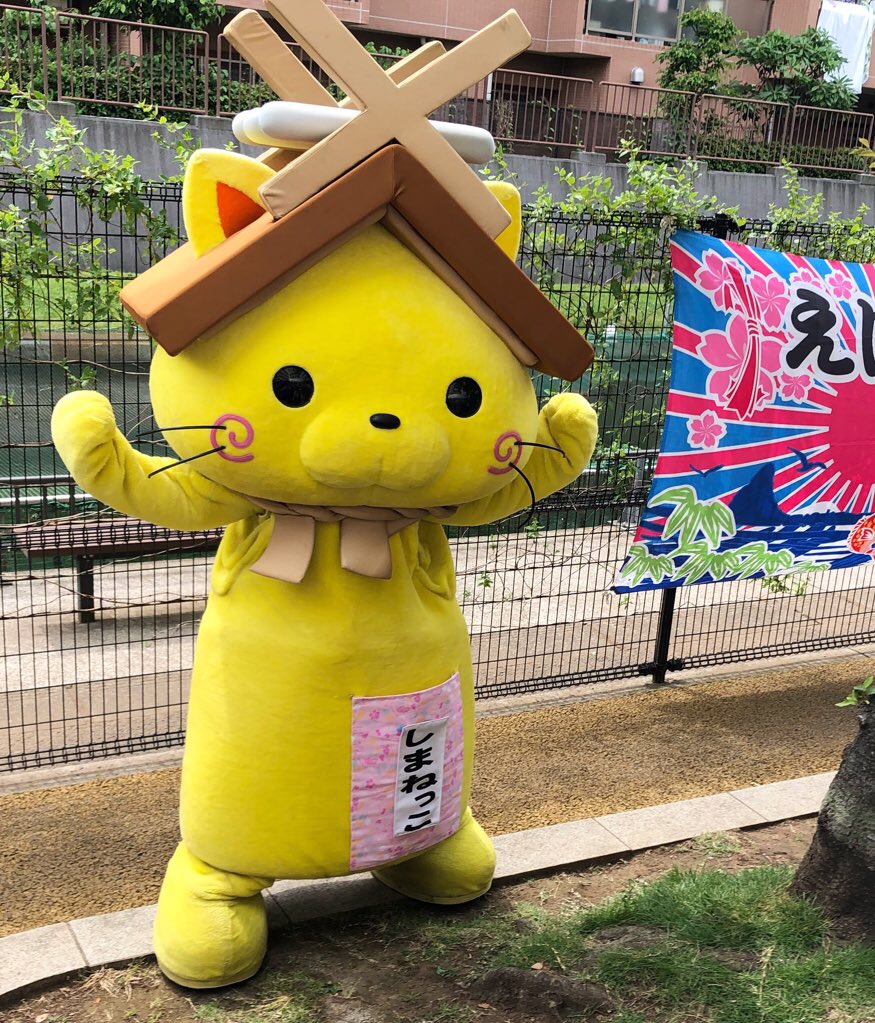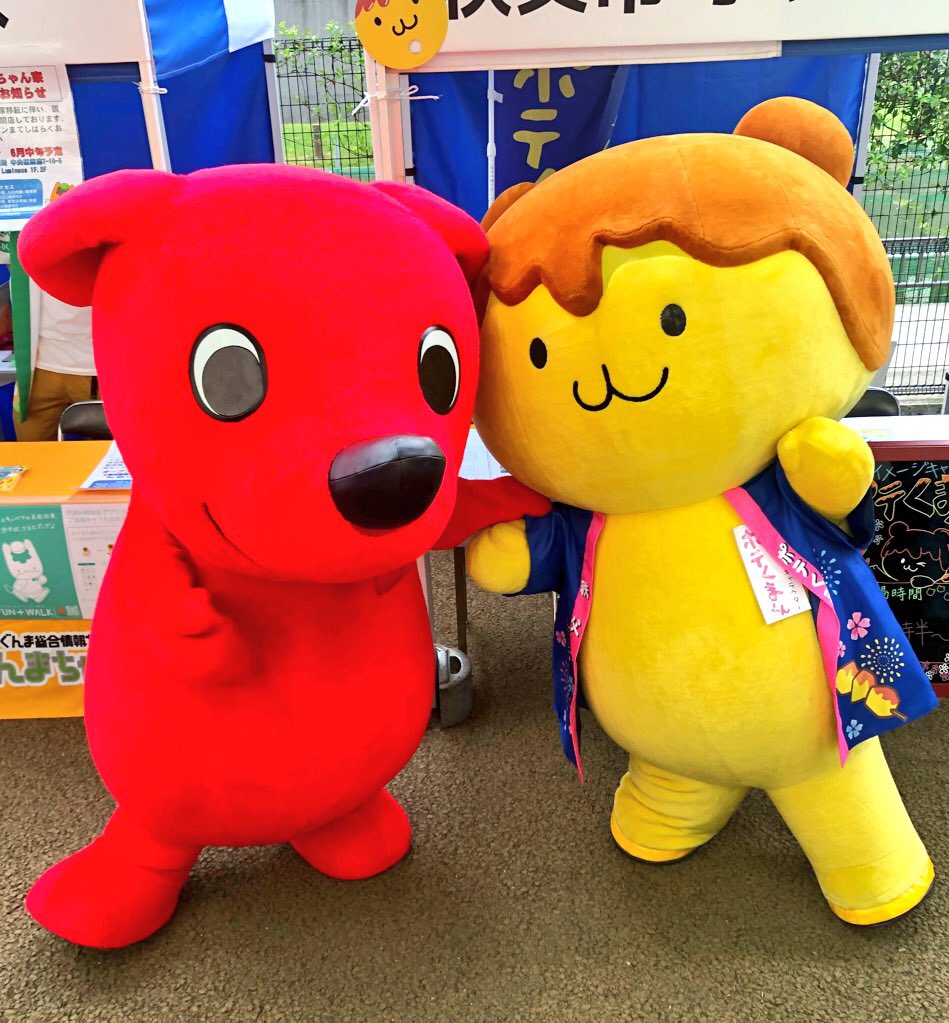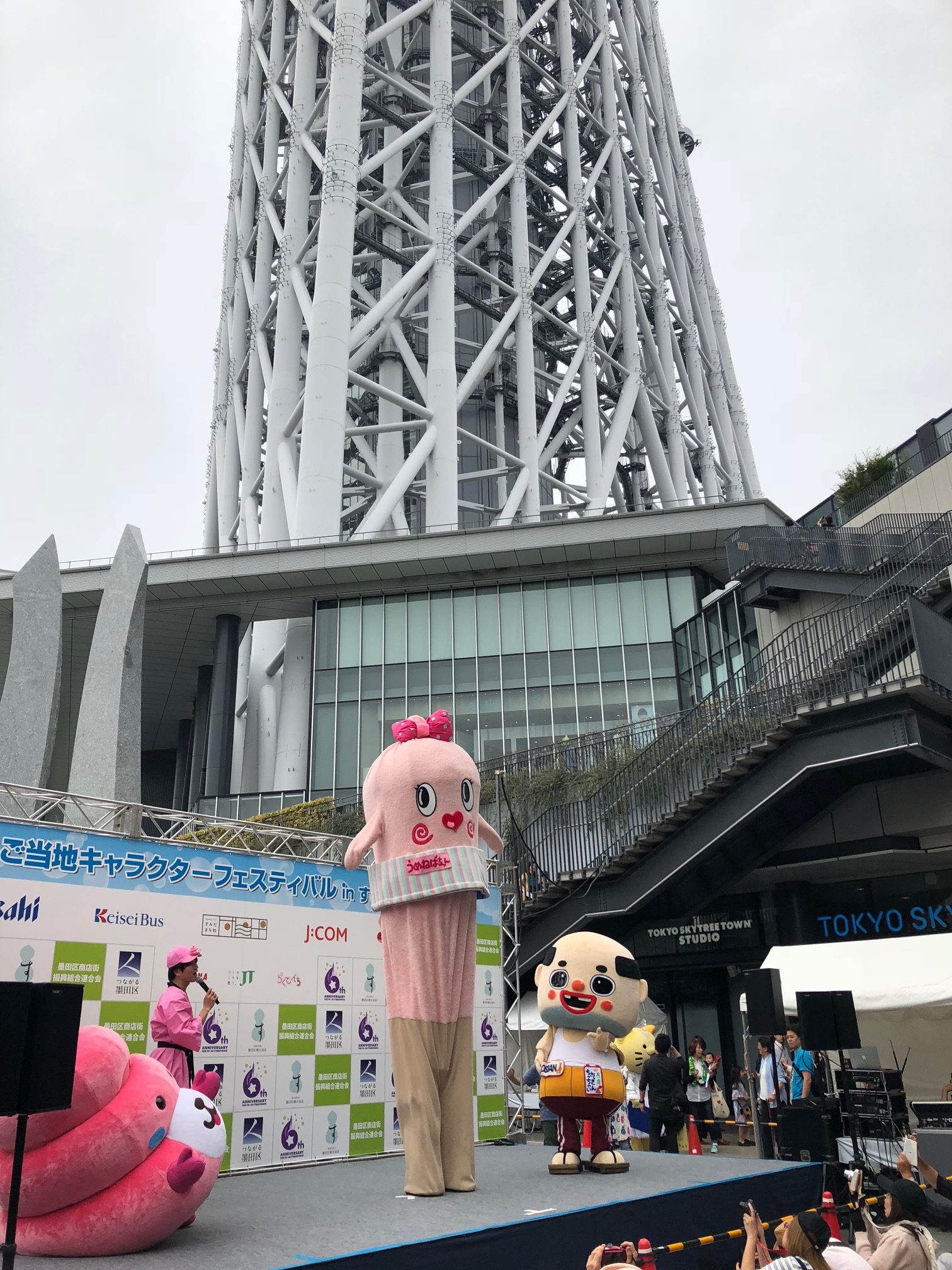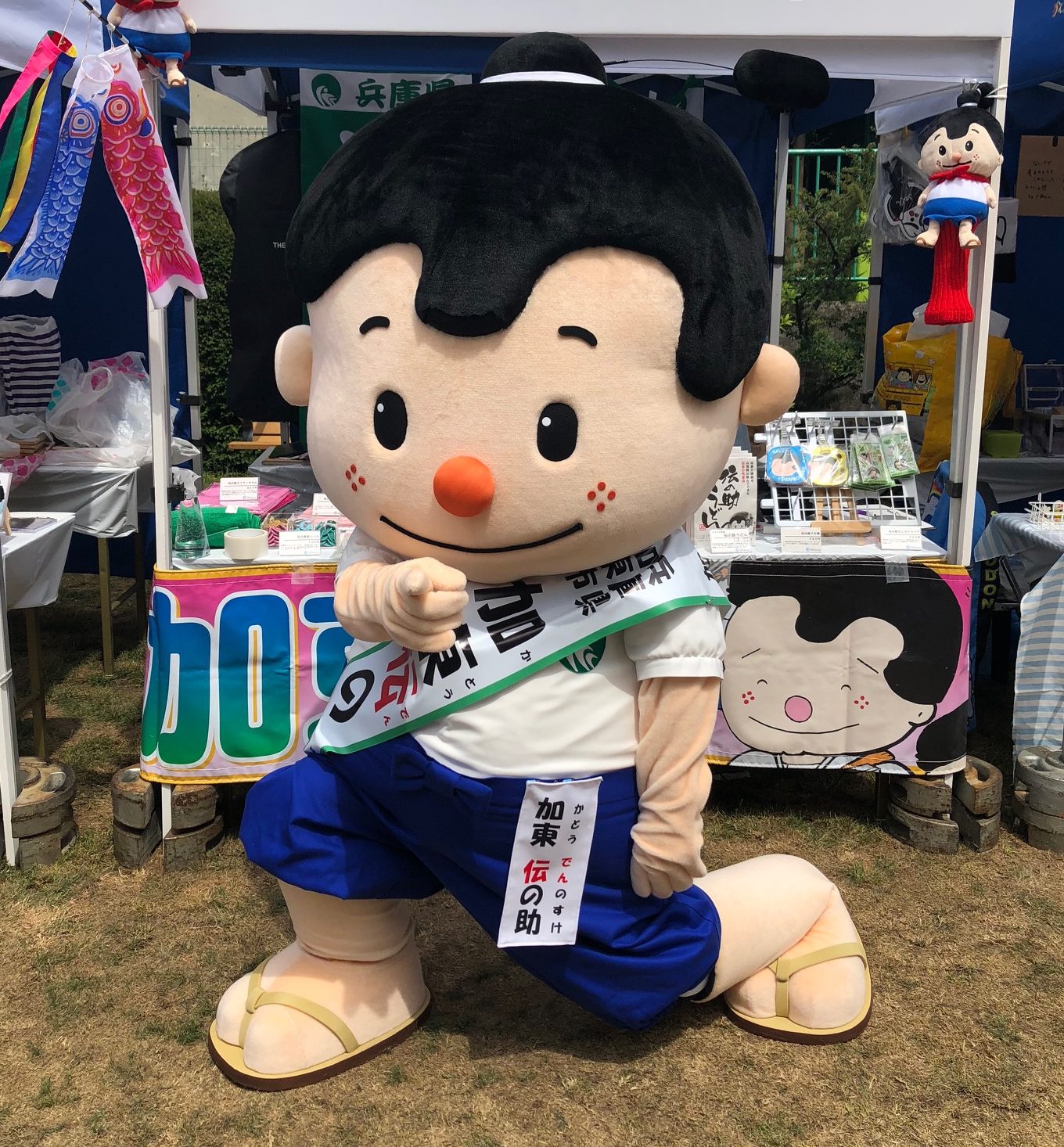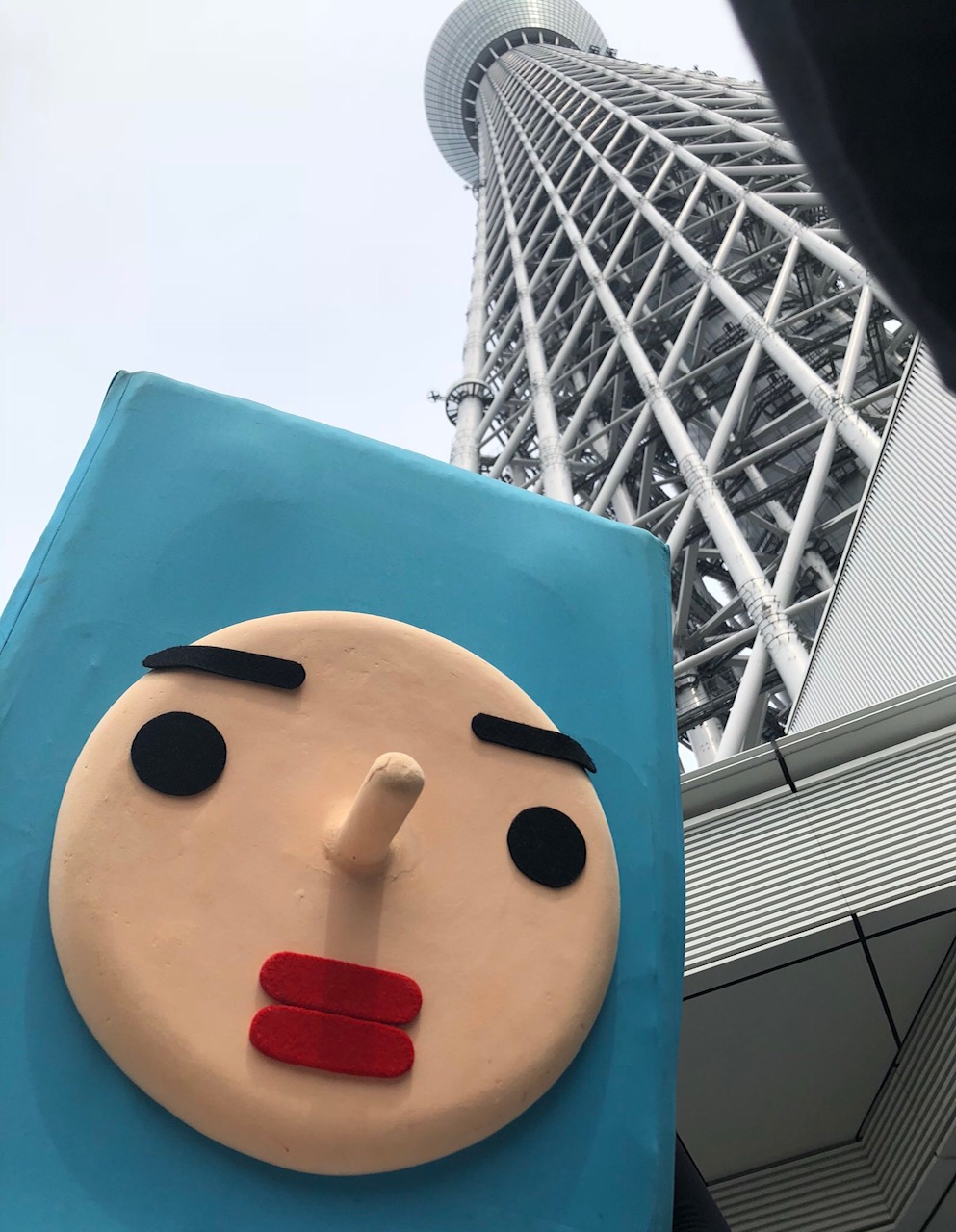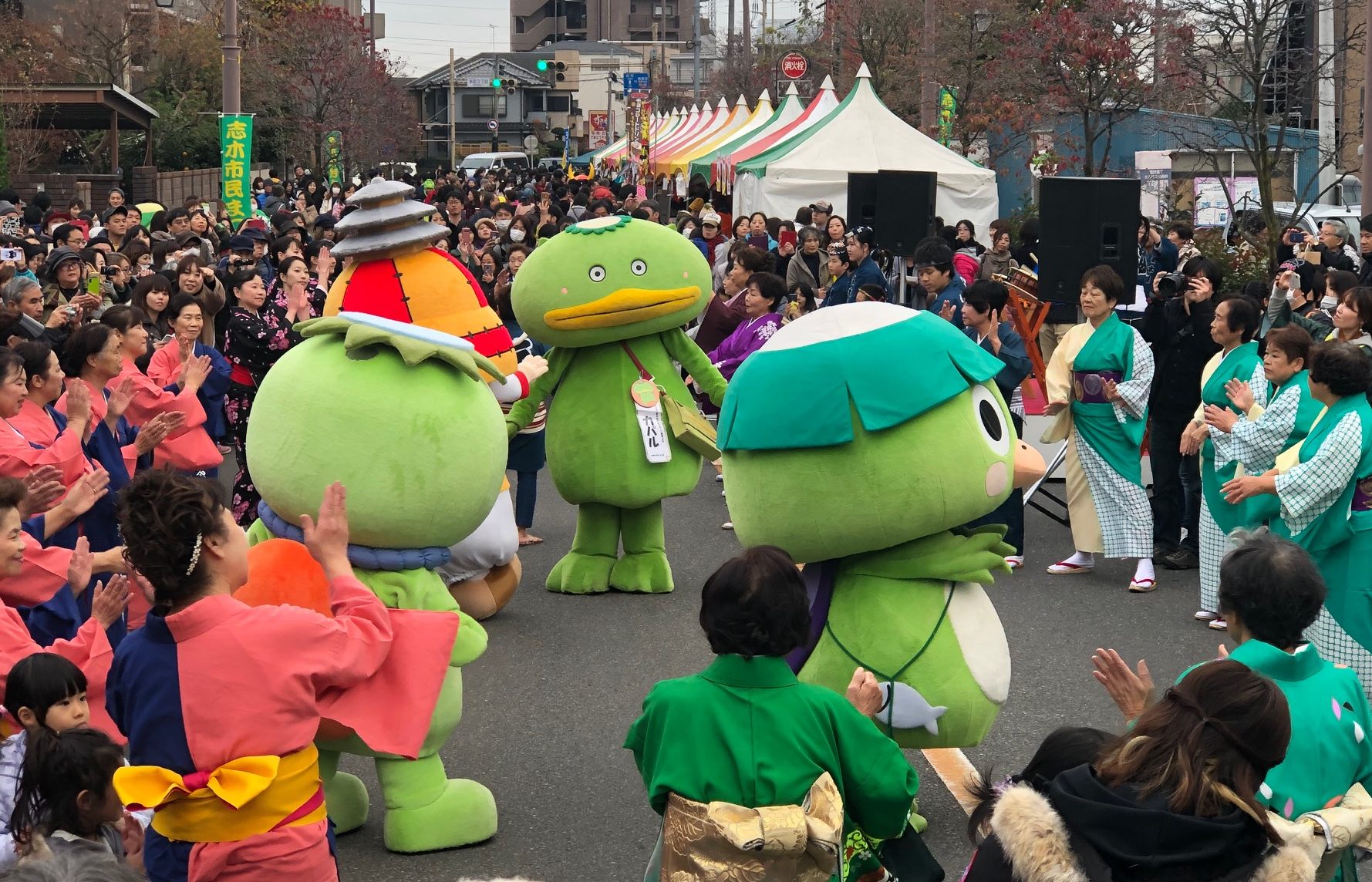
Kapal (centre) at the Shiki City Festival
There was much excitement at Shiki City’s annual festival yesterday, thanks to the presence of local mascot, Kapal, who won Japan’s biggest mascot popularity poll (the Yuruchara Grand Prix) two weekends ago. Fans from around the country flocked to Shiki (a small commuter city in Saitama Prefecture, about an hour from Tokyo) to celebrate the eccentric green imp, who plays bass guitar in two different bands and always carries a cucumber with him, which he tries to force-feed to his fellow mascots, thirty of whom came along to the festival.
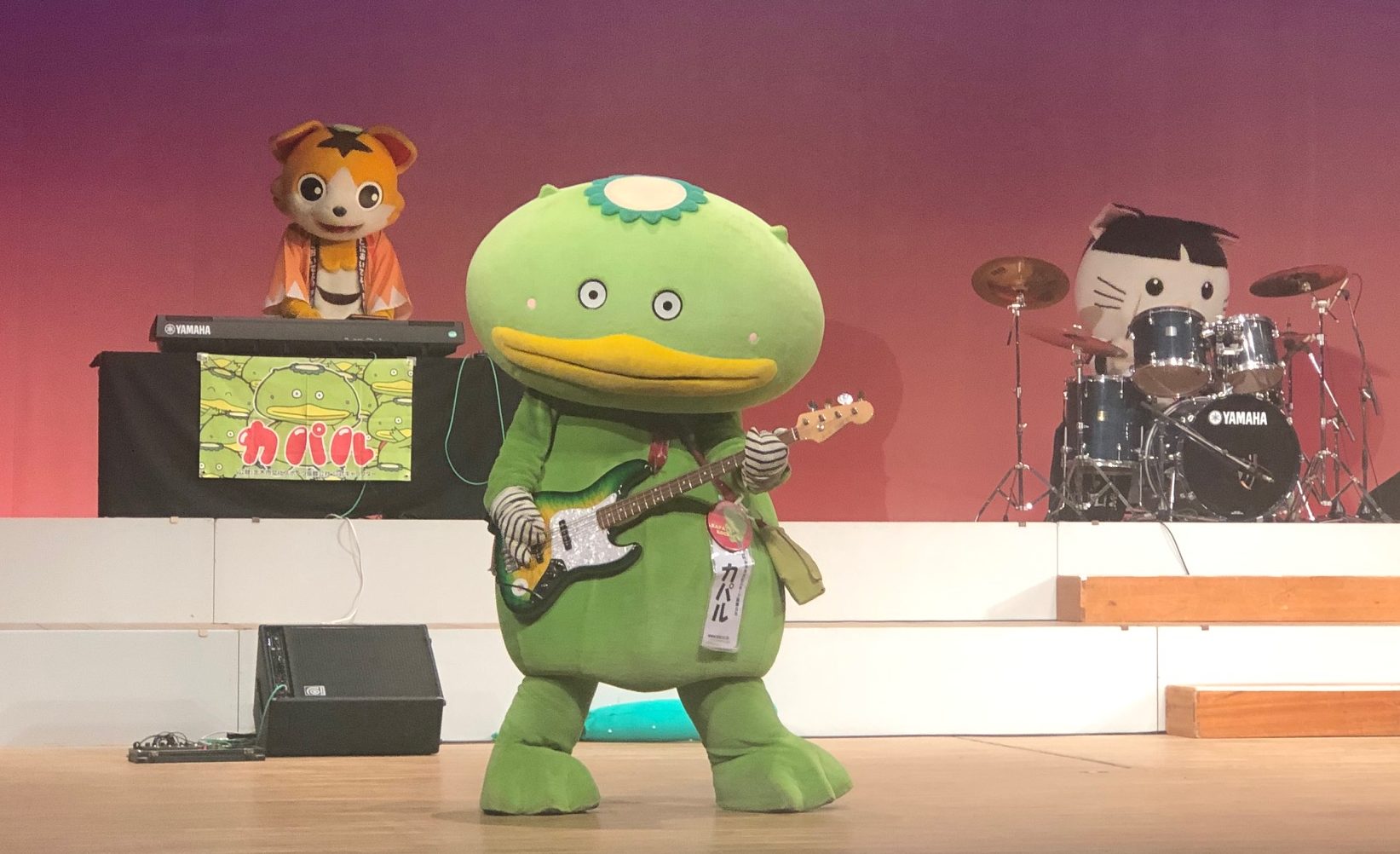
Kapal plays bass with GCB47

A kappa statue in Shiki City
The yearly Yuruchara Grand Prix poll attracted controversy last month when local government workers were caught paying for thousands of online votes for their mascots. Once the suspicious votes were deducted from the three mascots in the lead, Kapal leapt from fourth place to first, with 889,346 votes. This was a well-deserved outcome for long-serving mascot Kapal, who has entered the competition every year since 2013 and had announced that this year would be his last attempt.
Kapal is a kappa, a green goblin of lore with a beak, a turtle-like shell on its back, and a plate on its head. The ancient legend of the water-dwelling kappa is strongly associated with Shiki, a city through which three rivers pass, and more than twenty kappa statues can be found near the city’s station. As well as Kapal, three other kappa mascots joined the festivities in Shiki, and several other mascots celebrated Kapal’s recent victory by wearing kappa-style beaks or plates on their heads.

Honuppi, the Hawaiian turtle, with a kappa cap on his head

Udon Nou, a noodle-brained mascot from Kagawa Prefecture, is wearing a Kapal disguise.

QNosuke, from kasukabe City, is wearing a Kappa hat.
Kapal’s recent rise in popularity can be explained by his touring the country with Charamel, a heavy metal band fronted by Funassyi, a superstar pear fairy (and the unofficial mascot of Funabashi City, in Chiba Prefecture). Funassyi himself drew unprecedented crowds to the Shiki festival with an appearance a few years ago, but yesterday it was Kapal’s other band, GCB47, that was performing at the event. Alongside a human singer, GCB47 features Kapal on bass, Spanky (an unemployed dog from outer space) on guitar, Togoshi Ginjiro (a stray cat) on keyboards, and Nyajiro (another cat) on drums. GCB47’s first ever gig took place in Shiki in 2013, so their concerts in the city are always a special occasion. They performed several upbeat songs to the excited crowd, including a cover of Wham’s Last Christmas.
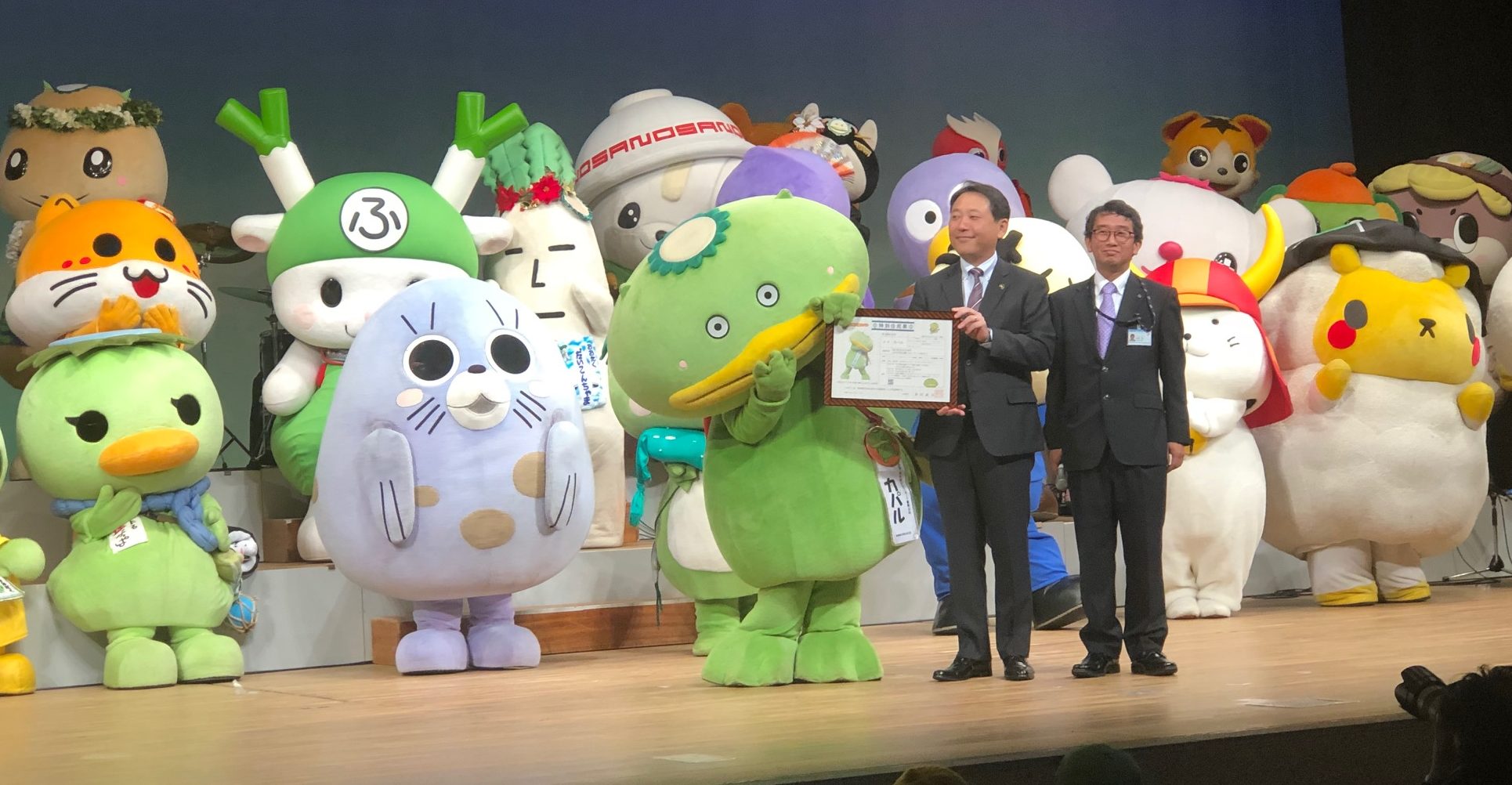
Kapal is given a special resident’s card by the Mayor.
A special guest who came to congratulate Kapal was mascot superstar Hikonyan, a fluffy white cat in a samurai helmet, who can be found most days on the grounds of Hikone Castle in Shiga Prefecture. The mayor of Shiki also appeared onstage to award Kapal with a special residents’ card. Kapal accepted it on the condition that he didn’t have to pay taxes. The mayor lamented that he wasn’t as popular as Kapal.
All in all, it was a glorious day for the friendly neighbourhood kappa.

Hikonyan and Kapal
